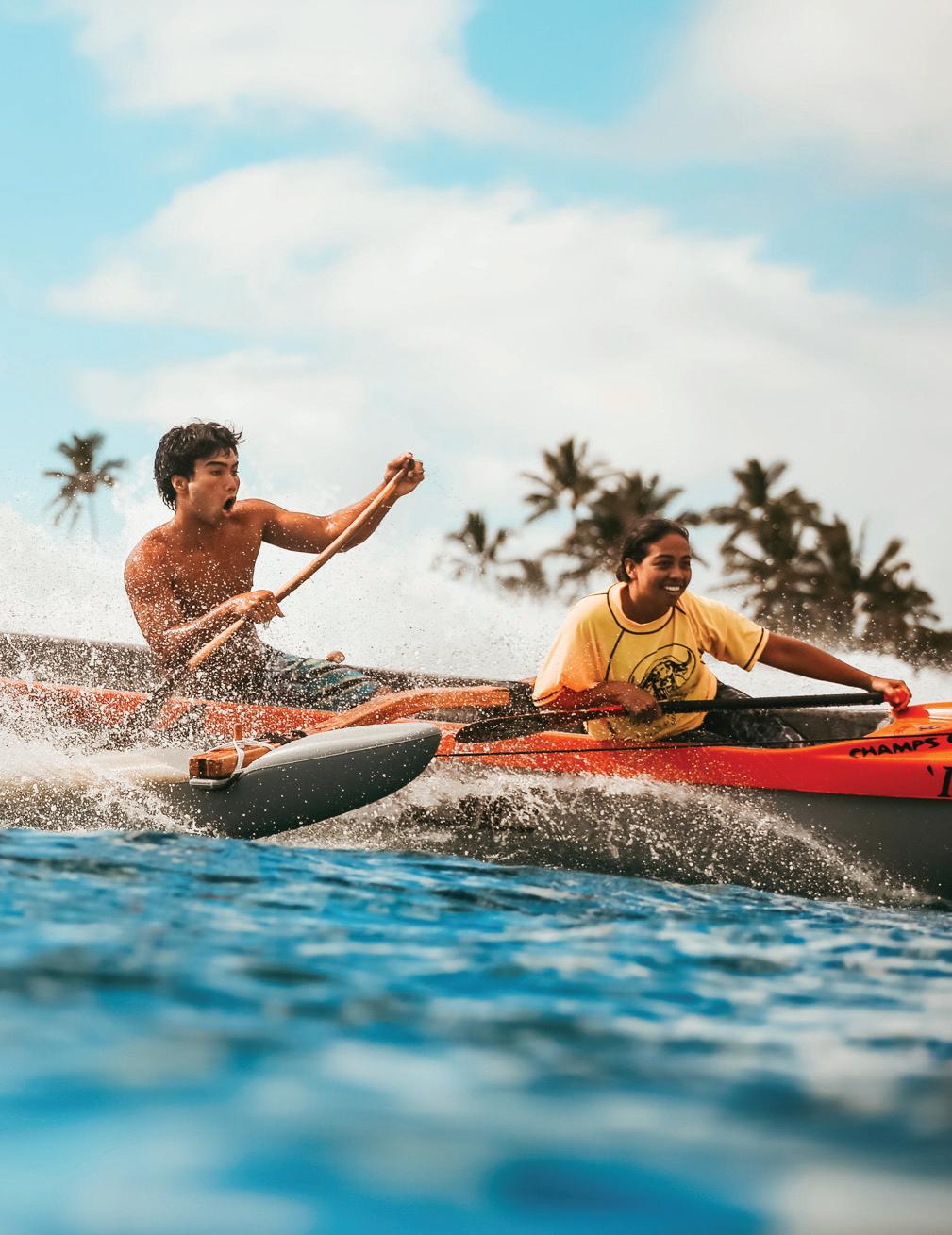
earth song HEARD MUSEUM MEMBERSHIP MAGAZINE
2023
SPRING
BOARD OF TRUSTEES
John F. Lomax
John Coggins
Ginger Sykes Torres
Karen Abraham
David M. Roche
TRUSTEES
Tony Astorga
Nadine Basha
Gregory H. Boyce
Susan Esco Chandler
Adrian Cohen
Dr. Craig Cohen
Robert A. Cowie
Judy Dworkin
John Furth
John Graham
David A. Hansen
Sharron Lewis
Gov. Stephen R. Lewis
Chair Vice-Chair Secretary Treasurer
Dickey Family Director and CEO
Marigold Linton
John Lucas
Janis Lyon
John Melamed
John Miller, Guild President
Scott Montgomery
Trevor Reed
Paige Rothermel
Christy Vezolles
Trudy Wiesenberger
David Wilshin
HEARD MUSEUM, HEARD MUSEUM SHOP
2301 N. Central Ave. Phoenix, AZ 85004
Open Every Day, 10 a.m. to 4 p.m.
Closed Easter Sunday, Independence Day, Thanksgiving Day & Christmas Day
Main: 602.252.8840
Events Hotline: 602.252.8848
Shop: 602.252.8344 or 1.800.252.8344
THE COURTYARD CAFÉ
Visit heard.org/dining for availability. 602.251.0204
COFFEE CANTINA
Tuesday to Sunday, 10 a.m. to 4 p.m.

WE APPRECIATE THE SUPPORT OF THESE SPONSORS:
INCREASE YOUR SUPPORT THROUGH OUR COMMUNITY PARTNERS:

LIFE TRUSTEES
Kay Benedict
Arlene K. Ben-Horin
Howard R. Berlin
Dr. George Blue Spruce, Jr.
Mark B. Bonsall
Robert B. Bulla
F. Wesley Clelland, III
Norma Jean Coulter
Robert J. Duffy
Mary G. Hamilton
Barbara Heard
Patricia K. Hibbeler
Joel P. Hoxie
Mary Hudak
Dr. Thomas M. Hudak
Carrie L. Hulburd
James R. Huntwork
Edward F. Lowry
Frederick A. Lynn
Carol Ann Mackay
Clint J. Magnussen
Robert L. Matthews
Mary Ellen McKee
James Meenaghan
Dr. Wayne Lee Mitchell
Susan H. Navran
Scott H. O’Connor
Dr. Arthur L. Pelberg
Leland Peterson
Wick Pilcher
David E. Reese
William C. Schubert
Sheryl L. Sculley
Richard H. Silverman
John G. Stuart
EARTHSONG
Kim Alexis Adversario Membership & Circles Manager
Sarah Moore Graphic Design
Sean Ornelas Director of Marketing & Communications
Deborah Paddison Copy Editing
CONTRIBUTING WRITERS:
Kim Alexis Adversario, Olivia Barney, Velma Kee Craig, Jeff Goodman, Daniel Ikaika Ito, Mario Nick Klimiades, Diane Leonte, Diana Pardue, David M. Roche, Jack Schwimmer
Cover: Ha'a Keaulana (Kanaka Maoli, b. 1992). Aia no i ke ko a ke au (Whichever Way the Current Goes), 2022. Courtesy of the artist.
The Heard Museum is a 501(c)(3) charitable organization incorporated in the State of Arizona. Exhibition, event and program funding provided in part by the Arizona Commission on the Arts, the Arizona Humanities Council, the National Endowment for the Arts, the National Endowment for the Humanities and the Phoenix Office of Arts and Culture.

Partial funding provided by the Phoenix Office of Arts and Culture through appropriations from the Phoenix City Council.

CONTENTS EarthSong 2 Letter From The Director 4 On View Now 6 He'e Nalu: The Art and Legacy of Hawaiian Surfing 10 The Importance of a Native Narrative 26 In Conversation: Brenda Mallory 28 Study of Stars: Native American Astronomy 30 Heard Museum Receives Major Artwork Donation 32 65th Annual Heard Museum Guild Indian Fair + Market 36 Best of Show Juried Competition Supporters 38 Bringing Campus to Life with Public Programs 41 Ways To Give 1 SPRING 2023
Dear Members,
Looking back on the achievements of the past year, I am thinking of the countless ways you have supported the Heard Museum and am filled with gratitude.
In 2022, we opened five original exhibitions—including Substance of Stars and Southwest Silverwork 1850-1940. We produced three publications, fostered important national dialogues through scholarly programs like the Remembering the Future Symposium, organized dozens of live and virtual programs as well as major annual events like the 32nd Annual World Championship Hoop Dance Competition, the 64th Annual Heard Museum Guild Indian Fair and Market, and Moondance. We celebrated the 10th Anniversary of the American Indian Veteran’s Memorial, added the singularly great Charles and Valerie Diker collection of Plains Indian dolls that are currently on view in Grand Procession to the permanent collection, and our Shop and Café continued to enrich the visitor experience with unique offerings and first-rate service. And because of several capital projects, the Museum has never looked better. None of this would have been possible without the support our Members. Thank you.
2023 is also filled with promise and we’re already off to a great start! On January 6, 2023, we opened our newest original Piper Grand Gallery exhibition He’e Nalu: The Art and Legacy of Hawaiian Surfing This exhibition tells the origin story of surfing from the perspective of Indigenous people of the Pacific Islands and presents cultural objects and contemporary works of art illustrating how the spiritual art form of he’e nalu inspires Indigenous creative expression to this day.
The exhibition covers 2,000 years of history, from the earliest stories of surfer deities to contemporary works of art addressing the complicated relationship that Native Hawaiians have with the multi-billion-dollar industry today. The exhibition is presented as a cyclical narrative rooted in Native Hawaiian cultural practices that communicate the history and

2 EARTHSONG LETTER FROM THE DIRECTOR
continuity of he’e nalu. This exhibition is a first for the Heard Museum but aligns with our mission’s focus on intersectionality by raising awareness of the important ways that Indigenous artists and traditional practitioners contribute to and define mainstream culture.
Many of you joined us for the opening weekend of He’e Nalu and experienced the phenomenal array of activities that we offered Members from music and dance performances to a big wave bouncy house to ukulele lessons. In total, we had more than 2500 visitors on campus in a 24-hour period. It was exciting to see so many people embracing our new exhibition and the programs it has inspired. We have many more programs relating to this exhibition for our Members in the coming months. I’m confident you’ll find them fresh, educational, and entertaining so please join us!
I’ll conclude by sharing a Hawaiian proverb:
E lauhoe mai nā waʻa; i ke kā, i ka hoe; i ka hoe, i ke kā; pae aku i ka ʻāina.
Everybody paddle the canoes together; bail and paddle, paddle and bail, and the shore is reached.

Thank you again for your support and helping the Heard Museum reach its “shore” in 2022.

Sincerely,
David M. Roche
Dickey Family Director and CEO
3 SPRING 2023
LETTER FROM THE DIRECTOR
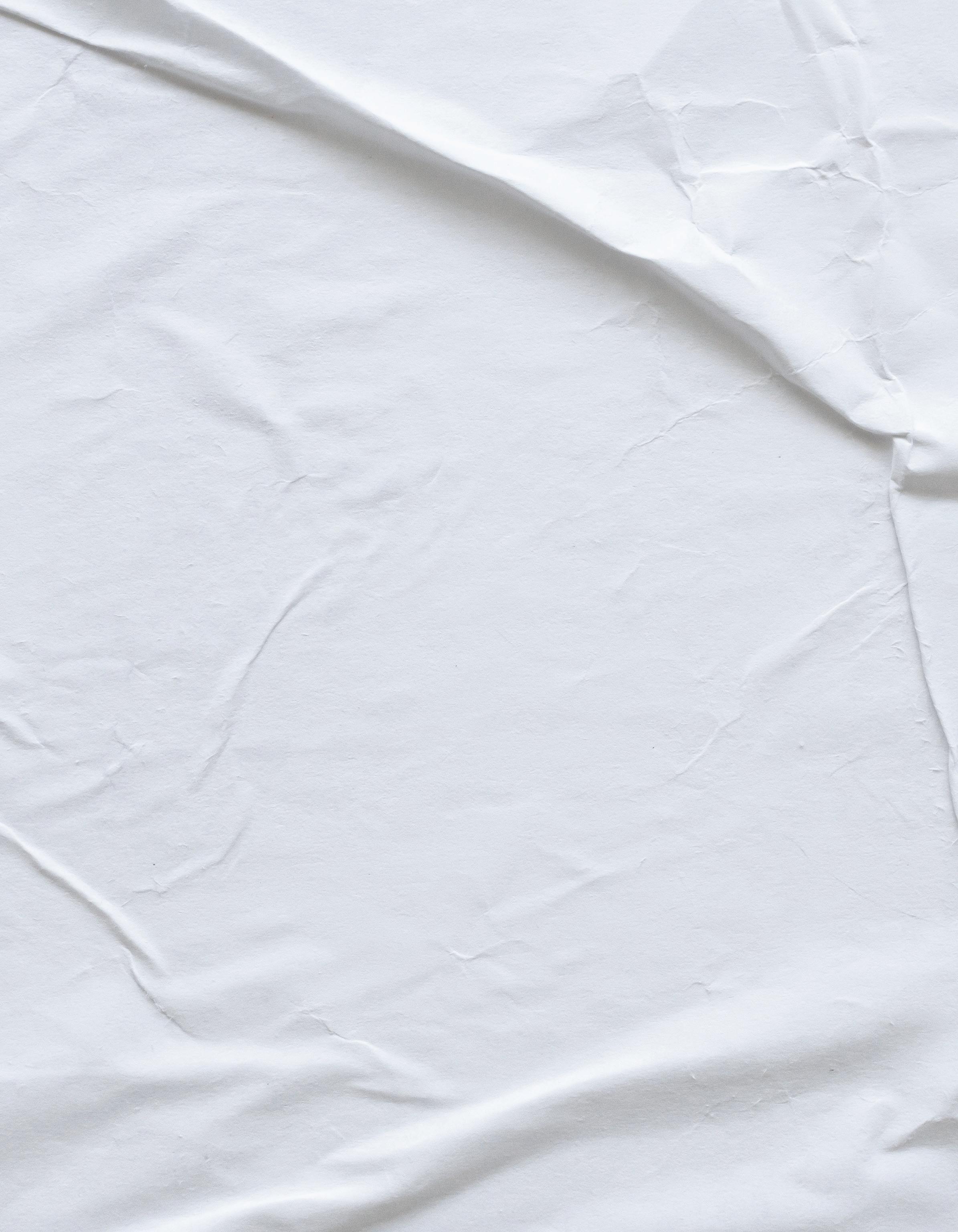



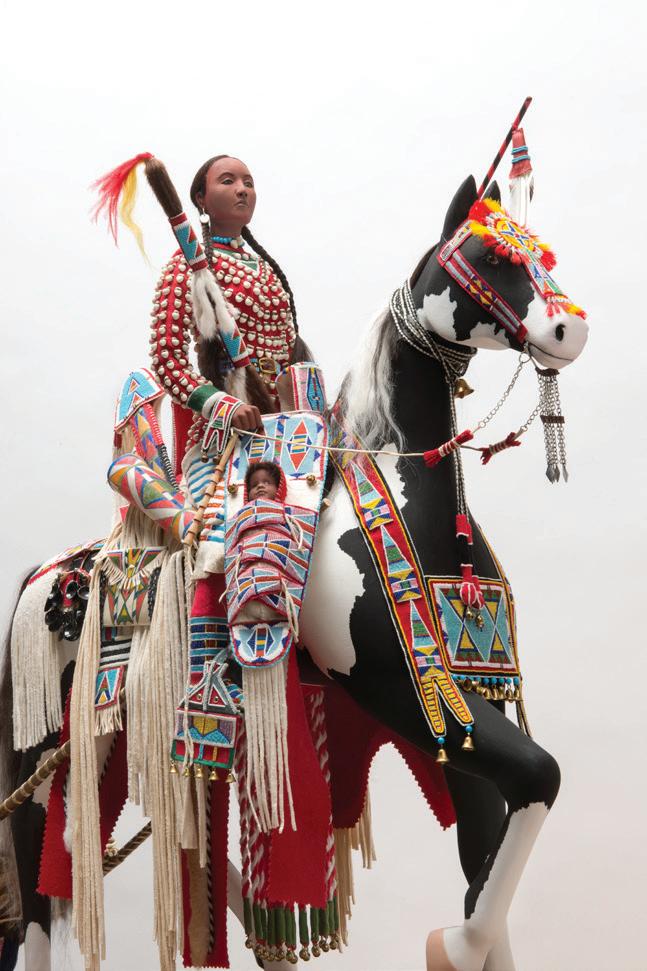

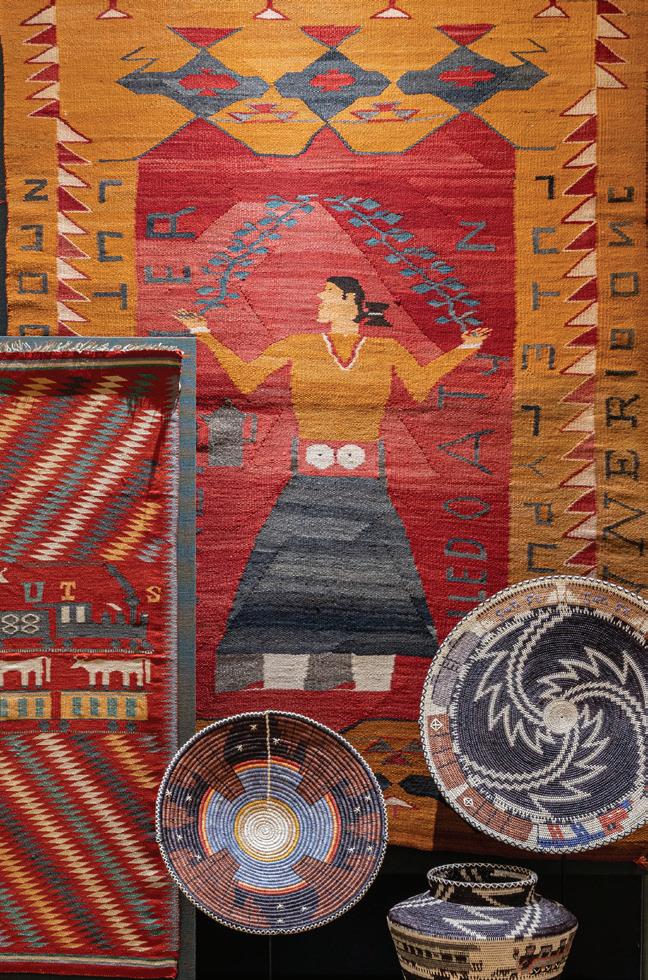
Open through July 16 Ongoing Ongoing Ongoing Ongoing Ongoing 4 EARTHSONG
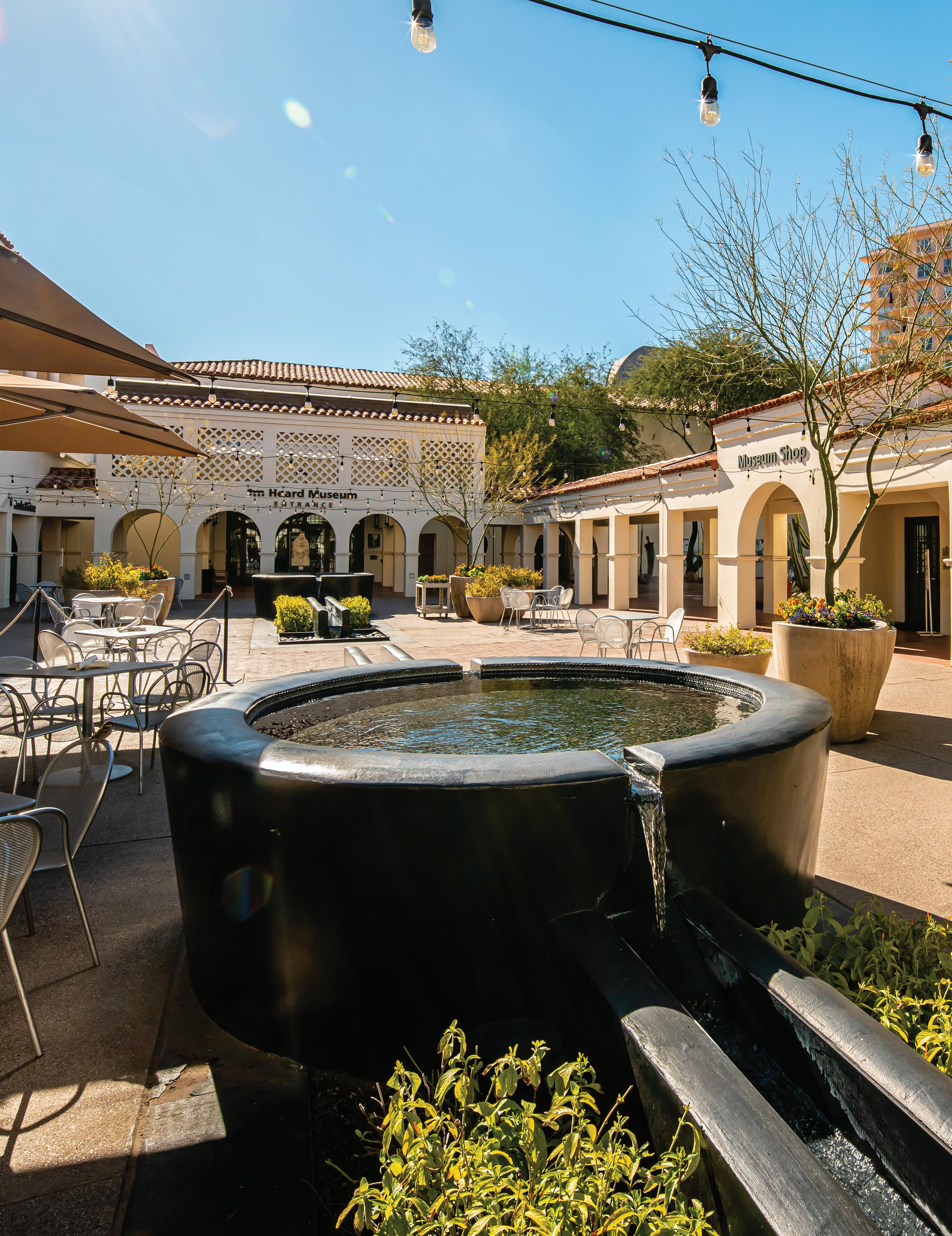
5 SPRING 2023
BY VELMA KEE CRAIG ASSISTANT CURATOR
He'e Nalu: The Art and Legacy of Hawaiian Surfing opened on Jan. 6, 2023, at the Heard Museum and explores the Indigenous origins of surfing through the lens of modern Kānaka Maoli (Native Hawaiian) creatives and cultural practitioners. Thoughtfully developed and curated by guest curator Carolyn Kuali'i (Kānaka Maoli) and Heard Museum assistant curator Velma Kee Craig (Diné), the exhibition shares the stories and histories of he'e nalu (surfing) through a Hawaiian perspective by way of literal and visual mo'olelo (stories, myths, legends and history with the aim of explaining “how things came to be”).
Visitors are greeted by two murals positioned on the title wall and in the entryway titled Hānau Ka Pō (The Night Gave Birth) by Cory Kamehanaokalā Holt Taum (Kānaka 'Ōiwi). This composition of patterns was created to honor the Kumulipo, or Kānaka Maoli Creation Story. Taum explains, “The two arching forms on the title wall represent the Kāne (Male) and the Wāhine (Female). The center element is Makali'i (the constellation Pleiades), which is also referenced in the beginning of the creation chant. In the entryway, the two weaving bands of patterns represent the Waiololi (Male Waters) and the Waiolola (Female Waters).”
6 EARTHSONG
The Kumulipo is also referenced in Solomon Enos’s (Kānaka Maoli) work titled Papa He'e Nalu I ka Wā Akua (Surfing in the Time of the Gods). Measuring 8 feet tall and 26¼ feet wide when complete, the piece is composed of 280 separate black and white paintings continuously arranged into eight rows of 35. In his very complex installation, Enos depicts eight akua (gods), seven of which are presented to us as human-like figures standing face-forward in a line. The eighth, Mahina (the Moon), is hidden within the lines of the composition as an upward-facing crescent shape and spans the entire width of the piece.
He'e Nalu: The Art and Legacy of Hawaiian Surfing centers on the cultural and spiritual values of surfing’s Indigenous originators and, in doing so, challenges the narrative posed by the multibillion-dollar surfing industry. As Enos shares, “Hawaiians are the originators of balance. Hawaiians are a people who found profound equilibrium, and that is why surfing, skateboarding and snowboarding are [about] people being in balance. The more in balance you are, the better you’re going to be able to ride all the waves in life.”
7 SPRING 2023
Cory Kamehanaokala Holt Taum Kanaka 'Oiwi (Native Hawaiian), b. 1990, Hanau Ka Po (The Night Gave Birth), 2022.

8 EARTHSONG
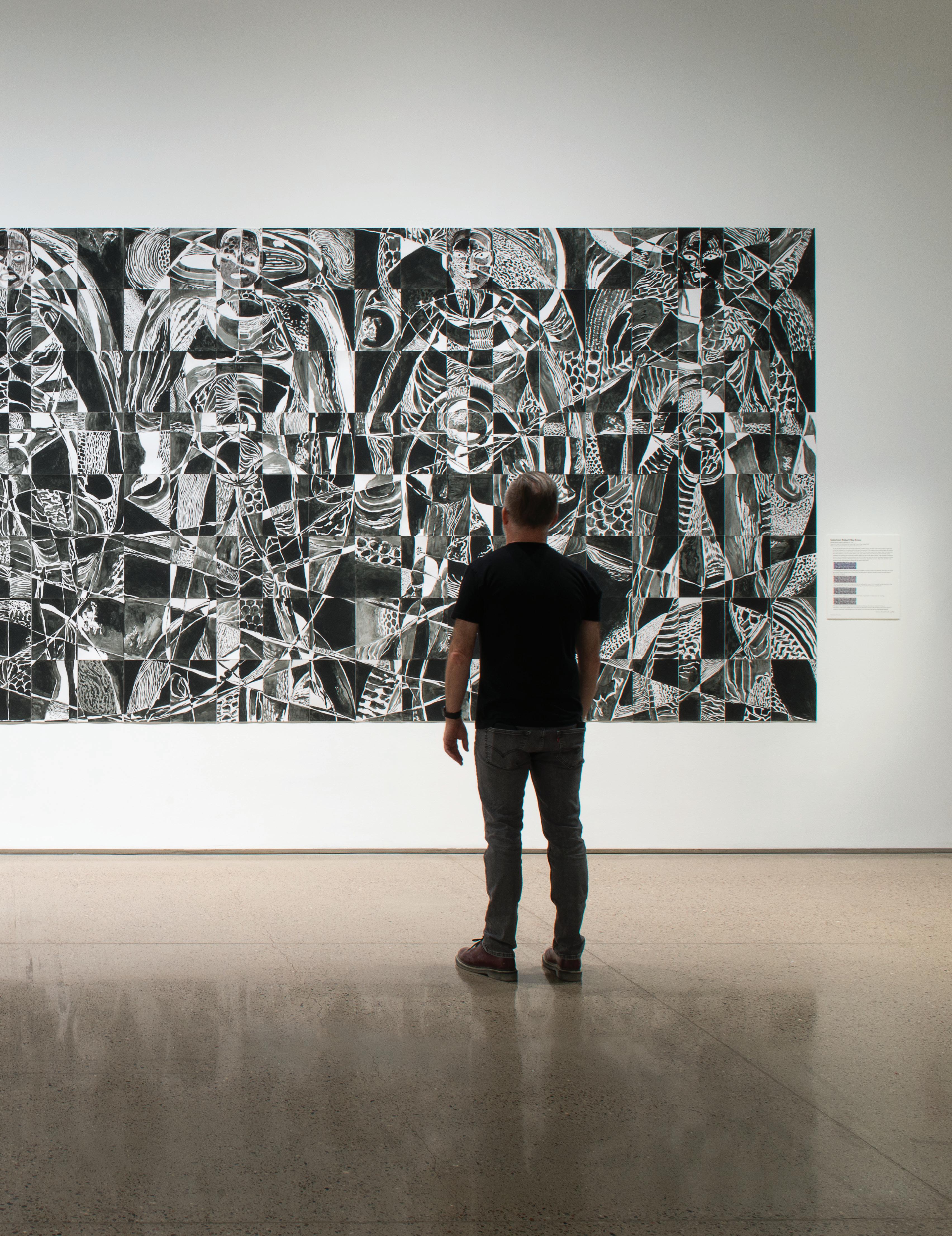
9 SPRING 2023
Installation view of Solomon Robert Nui Enos (Kanaka Maoli), b. 1976, Papa He'e Nalu I ka Wa Akua (Surfing in the Time of the Gods), 2022, Bristol boards, acrylic paint, 96 x 315 in. Collection of the artist.
Photo: Craig Smith, Heard Museum.
The
of a ON EXHIBIT
A Hawaiian Perspective of Significant Points in Modern Surfing History
DANIEL IKAIKA ITO | ARTIST AND GUEST CONTRIBUTOR
ANative narrative illuminates a historically accurate account of an Indigenous people’s identity without the shadowy, geopolitical lens of a colonized nation. It shines a light on the origin of a culture. With the clarity it brings, there is agency for a Native population in today’s world.
He'e Nalu: The Art and Legacy of Hawaiian Surfing is a visually engaging exhibition of surfing’s Indigenous origin, its cultural significance and its influence on extreme sports. This exhibition opened at the Heard Museum in January and will be on display until July. He'e Nalu: The Art and Legacy of Hawaiian Surfing is a Native narrative of an Indigenous people’s cultural practice that has evolved into a multibillion-dollar industry and multinational pastime.
10 EARTHSONG
Importance Native Narrative
Today, there are an estimated 35 million surfers around the world, creating an iconic lifestyle sport that is recognized globally and practiced wherever there is a large body of water. No matter a wave rider’s nationality or skin color, all surfers can trace their roots back to he'e nalu (wave sliding or surfing) and Kānaka Maoli (Native Hawaiians). The multinational surf industry and its governing bodies—the World Surf League (WSL) and the International Surfing Association (ISA)—control this Hawaiian sport’s narrative. For the most part, there is a dangerous trend of Kanaka Maoli marginalization and disenfranchisement when the story of surfing is manipulated to further an agenda or commercial endeavor.
For example, there is a storyline widely disseminated by the ISA and the surf industry that three-time Olympic Gold Medal swimmer Duke Kahanamoku was the first Kanaka Maoli to share surfing around the world. In the documentary “Waterman” (2020), they call Duke “surfing’s Johnny Appleseed”—whitewashing the memory of the great Native Hawaiian surfer by likening him to early American folklore with a Christian undertone. While Duke will always be regarded as “The Father of Modern Surfing,” he was not the first to take he'e nalu abroad.
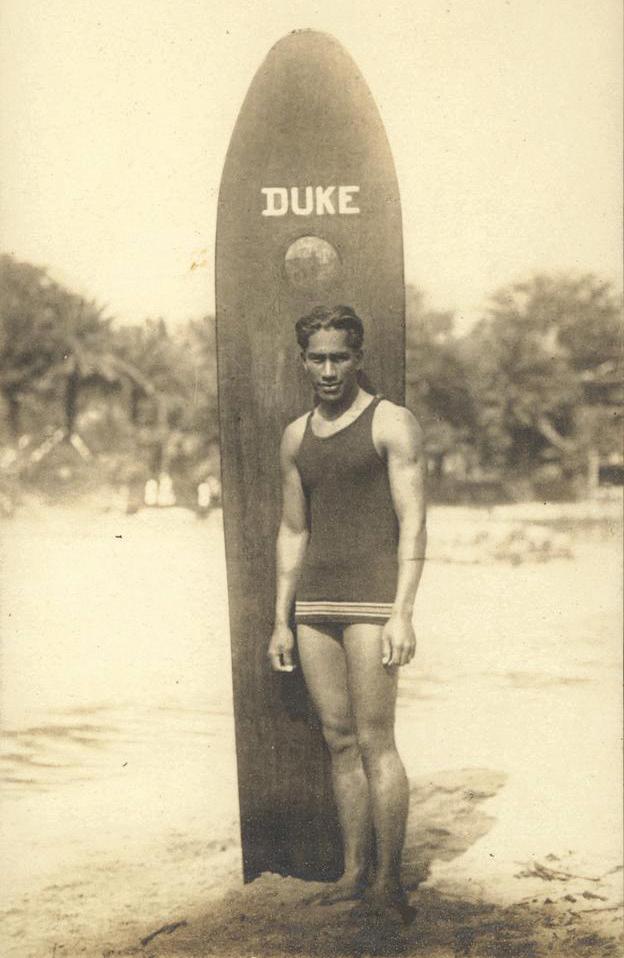
In fact, it was three Hawaiian princes—David La'amea Kahalepouli
Kinoiki Kawānanakoa, Edward Abnel Keli'iahonui and Jonah Kūhiō Kalaniana'ole—who introduced he'e nalu outside of Hawai'i when they surfed the mouth of the San Lorenzo River, near Santa Cruz Beach in Northern California, in 1885. Duke would surf in California in 1912 and in Australia two years later. The well-documented historical account of the three Hawaiian princes surfing in NorCal does not help further the agenda of Huntington Beach promoting the nickname of “Surf City,” the global surf industry, or the Olympics, which is probably why it’s not marketed in the mass media the way the story of Duke is. Another seldomtold Native narrative is the exceptional literacy rate that existed in Hawai'i during the Hawaiian monarchy.
Hawaiians—and surfers—come from an oral tradition. The Kumulipo is the Kanaka Maoli creation story that was passed down from generation to generation through oli (chant), and Hawaiian genealogy and history were perpetuated through mele (song) and hula (dance) until the arrival of the Christian missionaries. The written word was first introduced in Hawai'i by the missionaries in 1820. Native Hawaiians marveled at the Westerners’ technology of mo'olelo (story) on palapala (paper). From the Ali'i (royalty) to the Maka'āinana (commoners), the Kānaka Maoli embraced reading and writing—and Christianity, because the first book printed in 'Ōlelo Hawai'i (the Hawaiian language) was Ka Baibala Hemolele (The Holy Bible).

11 SPRING 2023
ABOVE, top to bottom: Duke Paoa Kahinu Mokoe Hulikohola Kahanamoku (Kanaka Maoli) standing on a Hawaiian beach with surfboard, c. 1913
The three Kanaka Maoli princes, (left to right): Jonah Kuhio Kalaniana'ole, David La'amea Kahalepouli Kinoiki Kawananakoa and Edward Abnel Keli'iahonui, taken while they were attending St. Matthew’s Hall military school at San Mateo, California, c. 1886.
According to Hawaiian Studies professor John Kalei Laimana, the Hawaiian Kingdom boasted a 91% literacy rate by 1832. In 1834, the first Ka Nūpepa 'Olelo Hawai'i (Hawaiian-language newspaper), called Ka Lama Hawai'i (The Hawaiian Torch), was printed at Lahainaluna School on Maui. In 1880, Laura Judd, an American missionary, teacher and historian, wrote that Hawai'i’s literacy rate was estimated to be higher than that of any other country or region in the world, except for Scotland and New England. By the 20th century, there were nearly a hundred Ka Nūpepa 'Ōlelo Hawai'i in circulation, documenting the lives, lands and lāhui (nation) of the Kānaka Maoli. After the illegal overthrow of Queen Lili'uokalani on Jan. 17, 1893, by haole (foreigners, or “those without breath”) businessmen, many Hawaiian-language newspapers became sources of resistance against the new provisional government. Kanaka Maoli publishers and editors offered a platform to the citizens of the Hawaiian Kingdom who were devoted to restoring power to the queen and gaining independence. In 1896, the newly formed Republic of Hawai'i banned the teaching and learning in the medium of 'Ōlelo Hawai'i, essentially marking the beginning of the end for Ka Nūpepa Hawai'i. It wasn’t until 1978 that the Hawaiian language could be taught in the public school system once again; that year’s Hawai'i State Constitutional Convention allowed it.

The traditions of Hawaiian journalism and he'e nalu have always resonated with me since my days as a boarding student at the Kamehameha Schools in the late 1990s. Life in the dorms on campus was essentially drydock for a surfer, because you were without your parents to take you surfing, and underclassmen were not allowed to leave campus on weekdays unless it was for a school-sanctioned activity. Therefore, in high school I would religiously read my dorm advisor’s surf magazines (Surfer, Surfing, Transworld Surf and Longboard magazine) from cover to cover in order to maintain my passion for he'e nalu. When I noticed there weren’t any Kānaka Maoli named in the mastheads of these publications or in the bylines of the articles, I made a vow to become the first Native Hawaiian editor of a surf magazine. I was fortunate to achieve this career goal at age 23 when I became editor-in chief of FreeSurf magazine. I would go on to cover he'e nalu for Surfer, Surfing, Surfer’s Journal, the Honolulu Star-Bulletin, the Honolulu Star-Advertiser and ESPN, always striving to bring a Hawaiian perspective to my prose.
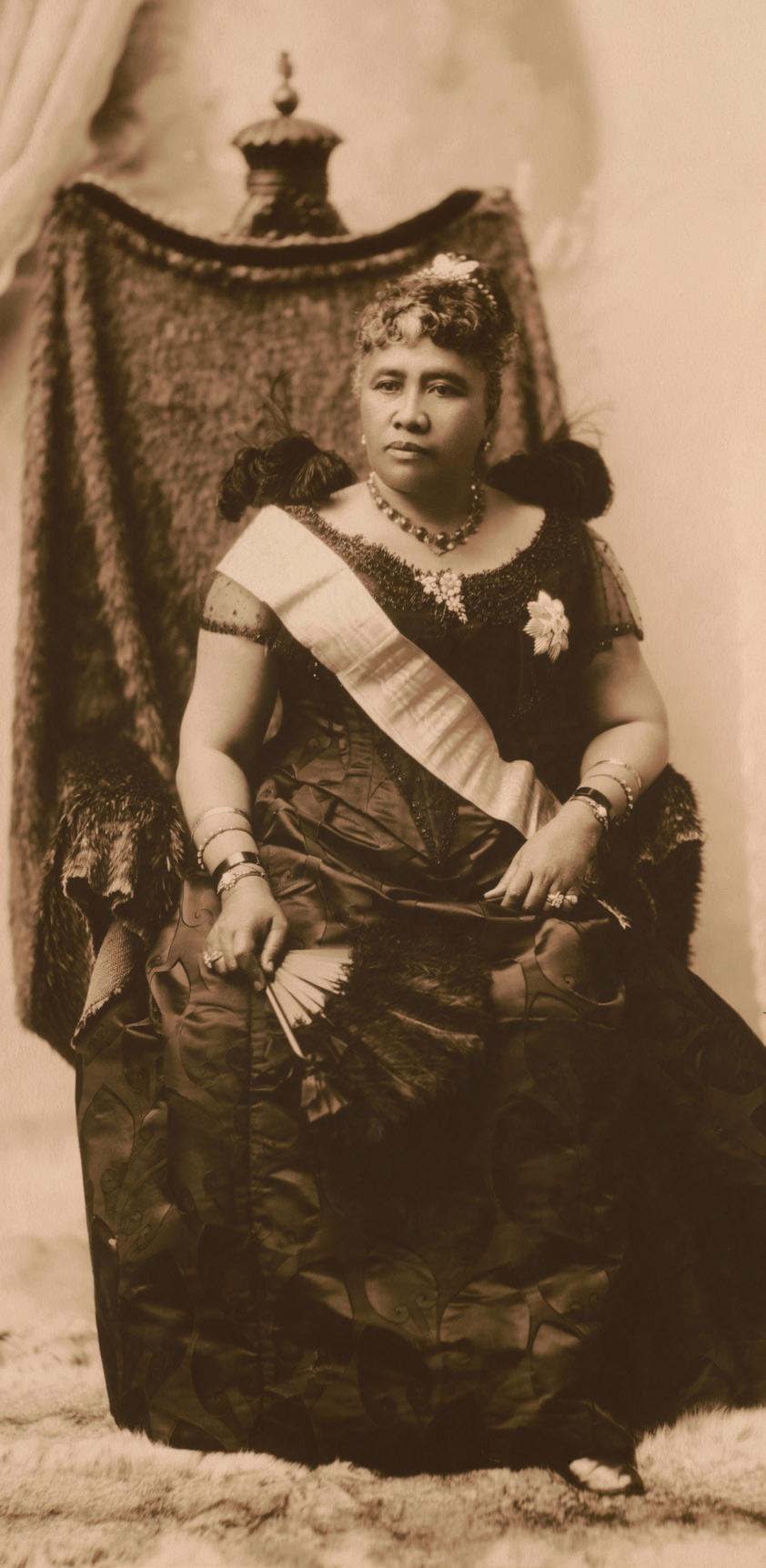
12 EARTHSONG
LEFT, top to bottom: Inaugural issue of Ka Lama Hawai'i, 1834. Queen Lili'uokalani, c. 1891.
Throughout my journalism career, I was aware of events in modern surfing history when Kānaka Maoli were disenfranchised by the sport that our kupuna (ancestors) created. I wondered how these events would have been covered by the media if the Hawaiian Kingdom still existed; my people maintained the high rate of literacy and the Hawaiian language was never banned in the education system.


The accompanying gallery of magazine covers is titled 'Ahahui Haku Mo'olelo, which means Hawaiian Journalism Association. I view historical events through the lens of a surfer and journalist—it’s how I “associate” the world as a Kanaka Maoli. The kaona (hidden meaning) behind that title also pays homage to my Kanaka Maoli collaborators in this artwork—Art Director Janelle Kalawe and Copy Editor 'Iwalani Kūali'i Kaho'ohanohano—dear friends with whom I have had the pleasure to closely work at various media organizations throughout my career. Furthermore, I offer mahalo (thanks) to haole photographers Don James (via Duke Aipa), Jeff Divine and Mike Latronic for allowing us to use these surfing images for ‘Ahahui Haku Mo'olelo. These people supported my vision as an editor-in-chief for the four magazine covers featured here that are in 'Ōlelo Hawai'i and provide a Native narrative of historical events in modern surf history when Kānaka Maoli were and continue to be disenfranchised in surfing.
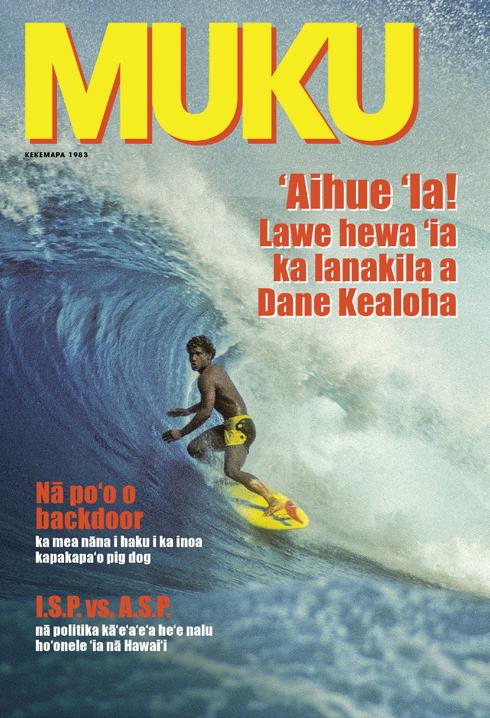

13 SPRING 2023
Above: Daniel Ikaika Ito (Kanao Maoli), 'Ahahui Haku Mo'olelo, 2022.
I wondered how these events would have been covered by the media if the Hawaiian Kingdom still existed; my people maintained the high rate of literacy and the Hawaiian language was never banned in the education system.
‘OPU‘U
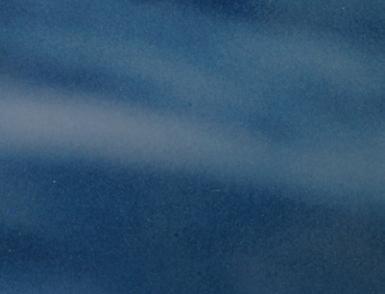









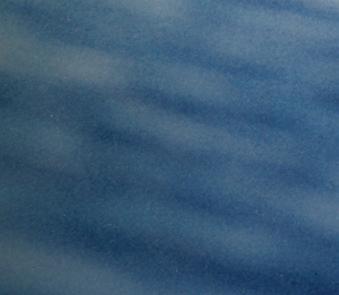
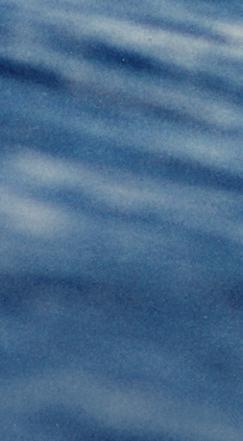


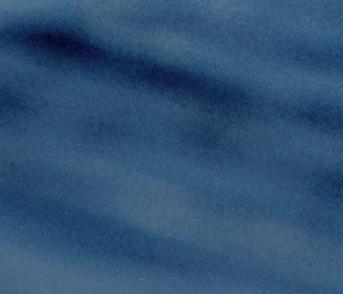






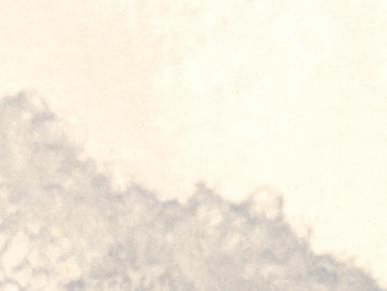


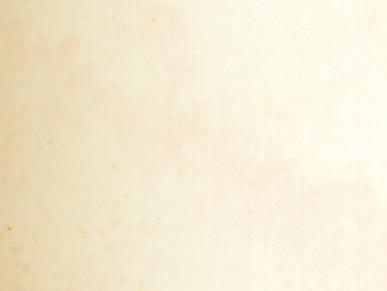


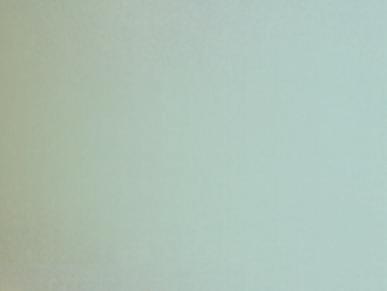
Holo ‘o Ben Aipa

L–aua ‘o Eddie Aikau
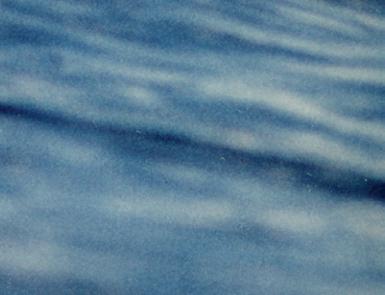

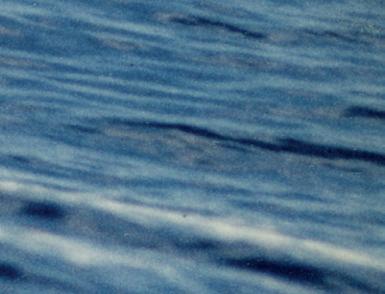

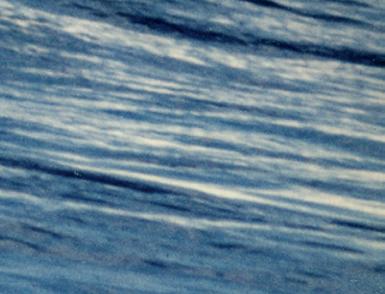

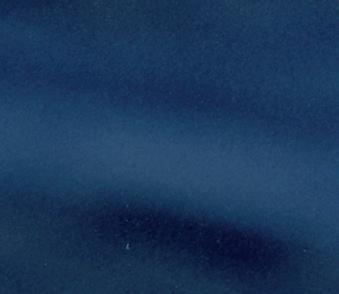
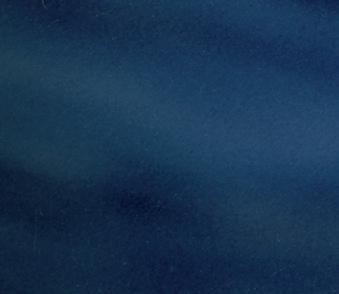

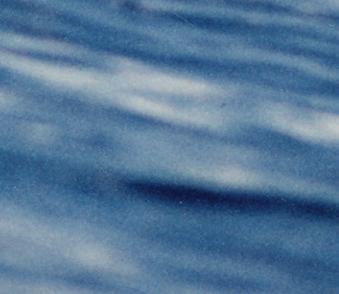
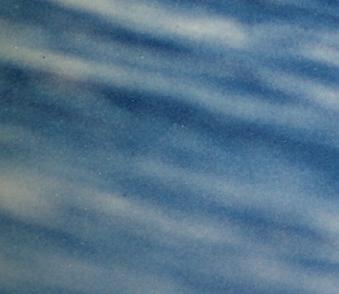
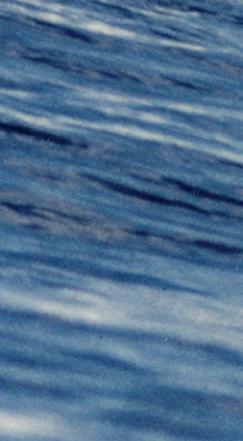


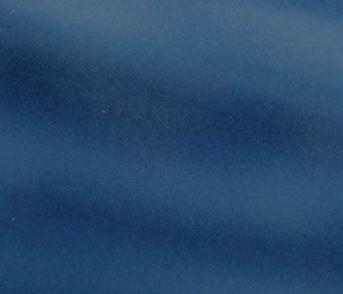
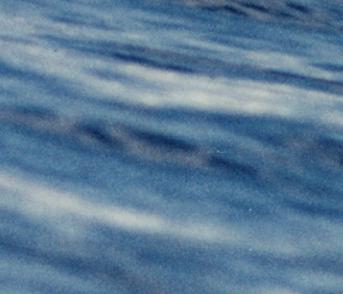


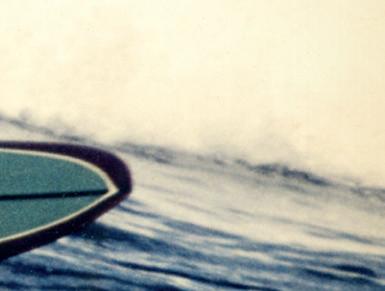
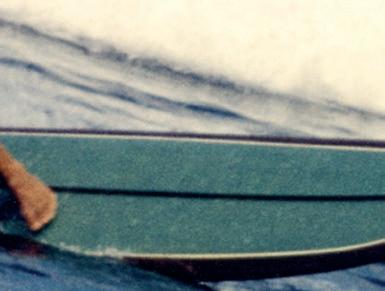










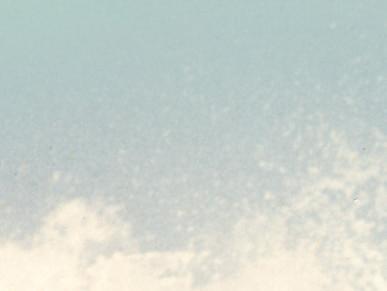
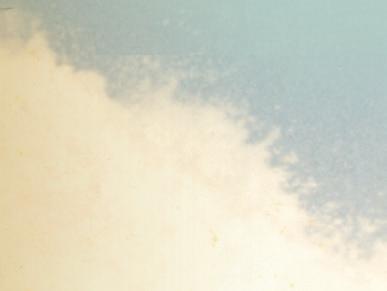

Ma Paumal–u
Me Ke K–u‘–e
‘A‘ole Kono ‘Ia Na Ka‘e‘a‘e‘a He‘e Nalu
Hawai‘i I Ka Ho‘okúkú Moho Kuhelu
Mua ‘o Duke Kahanamoku
Eo ‘o Hakman Ma Paumalu
Ko Kahikilani Mo‘olelo
Ka Duke N-ınaulele
Nui Lo‘ihi Anei Na Papa He‘e Nalu?
KEKEMAPA 1965
KA
MAKAKINA HE‘E NALU HAWAI‘I KANIELA PUBLICATIONS / PUKE 12/ PUKANA 12
14 EARTHSONG
'ŌPU'U
Holo 'o Ben Aipa
Lāua 'o Eddie Aikau
Ma Paumalū
Me Ke Kū'ē
Ben Aipa and Eddie Aikau Paddle Out at Sunset Beach in Protest
'A'ole Kono 'ia Nā Kā'e'a'e'a He'e Nalu
Hawai'i I Ka Ho'okukūkū Moho Kūhelu
Mua 'o Duke Kahanamoku
Hawaiians Not Invited to Inaugural Duke
Kahanamoku Invitational Surfing Championship
Eo 'o Hakman Ma Paumalū
Hakman Wins at Sunset Beach
Ko Kahikilani Mo'olelo
The Story of Kahikilani
Kā Duke Nīnauele
The Duke Interview
Nui Lō'ihi Anei Nā Papa He'e Nalu?
Are Surfboards Too Long?
NATIVE NARRATIVE
On Dec. 15, 1965, haole contest promoters chose not to invite any Kanaka Maoli competitors to the inaugural Duke Kahanamoku Invitational Surfing Championship at Sunset Beach on the North Shore of O'ahu. At the time, this event was billed as the most prestigious surf contest, with 24 of the world’s best surfers invited to compete at this one-day event. A teenage Jeff Hakman won the event, but the story behind the story was the protest by Native Hawaiian surfers Eddie Aikau and Ben Aipa, who paddled out during the event and surfed Paumalū (Sunset Beach) all day. The Kānaka Maoli demonstrated that their surfing ability was on par with the proclaimed “Best in the World,” which made Duke very happy.
15 SPRING 2023
KA MAKAKINA HE'E NALU HAWAI'I The Hawaiian Surfing Magazine KANIELA PUBLICATIONS / PUKE 12 / PUKANA 12 Daniel Publications / Volume 12 / Issue 12
A Large Swell
KEKEMAPA
1965
December 1965
LAULOA
December 1976
HO'OPAKELE'IA KA PO'E HAOLE
E EDDIE AIKAU
Eddie Aikau Saves Haole People
Ho'ākoakoa 'ia ka Po'e Hawa'i a me ka Po'e
Pāpa'a o Nūhōlani Ma Lalo o ka Malu
Brings Hawaiians and Bronzed Aussies Together for Peace
KE OLA O KAHI KIA'I OLA MA KA
NORTH SHORE
Life of a North Shore Lifeguard
Nā Me'e o ka Wā Makahiki
Heroes of Makahiki Season
KE 'ANO KŪPONO E HO'OPONOPONO AI
How To Ho'oponopono
HE 'ALEMANAKA MALAMA
MANUAHI KO LOKO
Free Moon Calendar Inside
NĪNAUELE:
KEALOHA KAIO
Interview: Kealoha Kaio
E Kūkā Kama'ilio me kā Eddie Kumu A'oa'o Talk Story with Eddie’s Mentor
NATIVE NARRATIVE
Kānaka Maoli took offense to Australian pro surfer Wayne “Rabbit” Bartholemew’s article “Bustin’ Down the Door,” which appeared in Surfer magazine in 1976. His article proclaimed that the haole surfers—the Bronzed Aussies—were dominating Hawaiians in the fledgling professional surfing tour. Furthermore, Rabbit was involved in a physical altercation with legendary Kanaka Maoli surfer Barry Kanaiaupuni at a surf contest. These incidents resulted in violence and death threats for Bartholemew and the Bronzed Aussies on the North Shore in 1977. Hawaiian big wave surfer and Waimea Bay lifeguard Eddie Aikau led a ho'oponopono (process of correction) at Kuilima between the Hawaiians and Aussies in order to stop the violence and make peace. Aikau’s act allowed the Australians to compete in surf contests on the North Shore without fear of violence, essentially saving their lives and allowing professional surfing to flourish.
16 EARTHSONG
Long Surf/Wave
KEKEMAPA 1976
IKAIKA PUBLICATION
HOʻOPAKELE ʻIA KA POʻE HAOLE
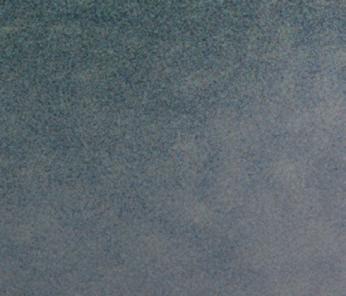


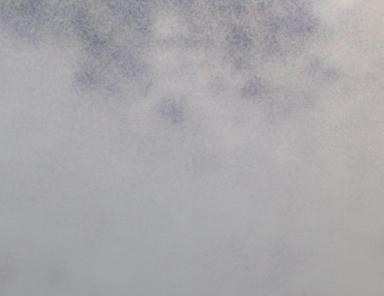
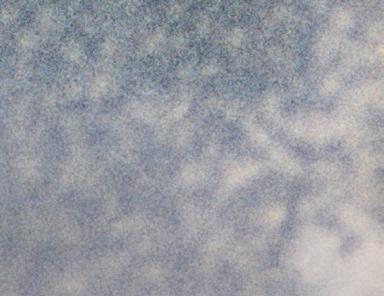
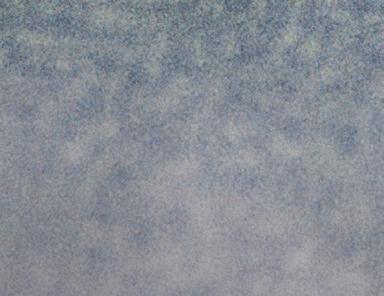










E EDDIE AIKAU


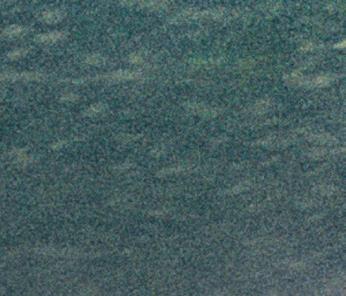

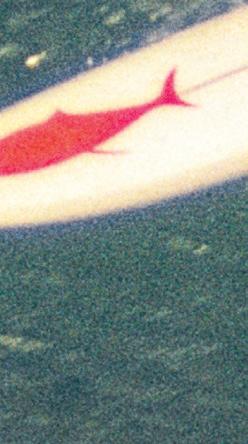

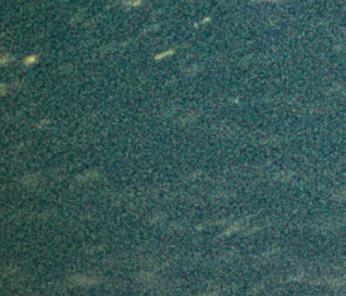


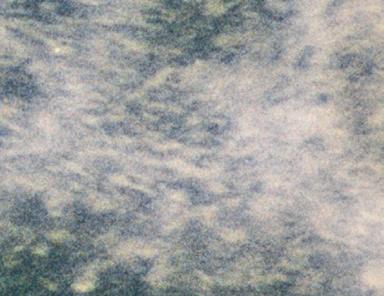
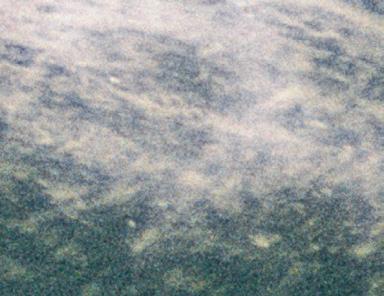


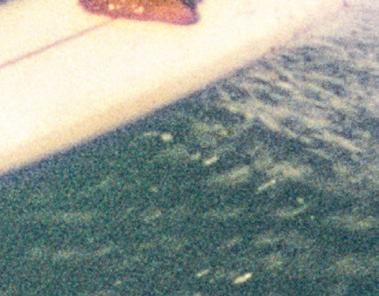



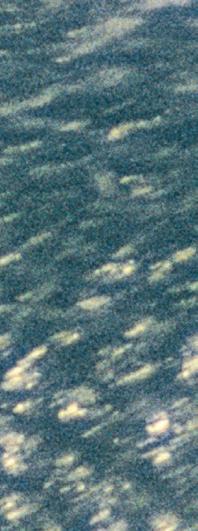



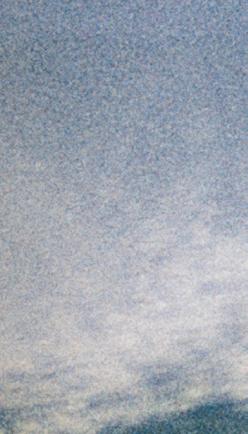

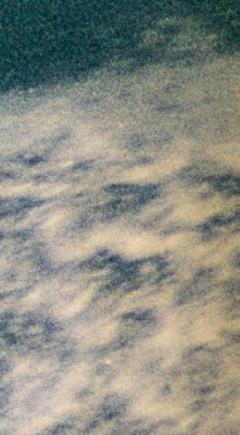

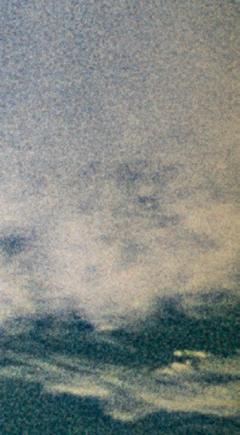

Hoʻākoakoa ʻia ka Poʻe Hawaiʻi a me ka Poʻe
Pāpaʻa o Nūhōlani Ma Lalo o ka Malu
KE OLA O KAHI KIAʻI OLA MA KA
NORTH SHORE




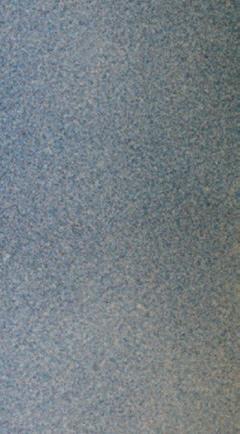
Nā Meʻe o ka Wā Makahiki




KE ʻANO KŪPONO E HOʻOPONOPONO AI




HE ʻALEMANAKA MALAMA MANUAHI
KO LOKO


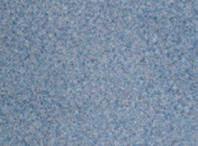





NĪNAUELE: KEALOHA KAIO


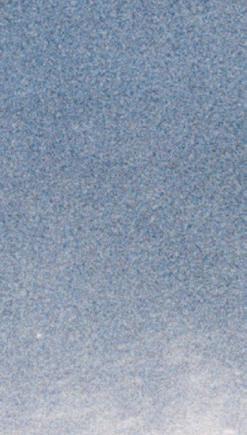
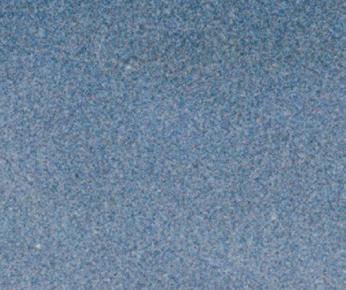
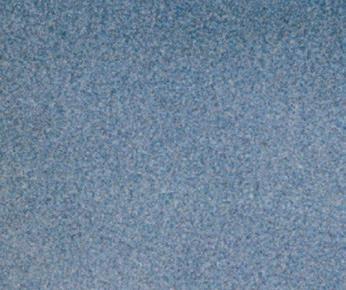

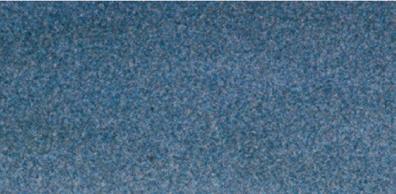



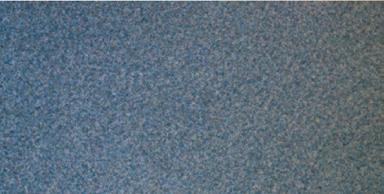
E Kūkā Kamaʻilio me kā Eddie Kumu Aʻoaʻo

IKAIKA PUBLICATION | KEKEMAPA 1976
17 SPRING 2023
MUKU MUKU
Nā po‘o o backdoor
ka mea nāna i haku i ka inoa
kapakapa‘o pig dog
I.S.P. vs. A.S.P.

nā politika kā‘e‘a‘e‘a he‘e nalu
ho‘onele ‘ia nā Hawai‘i

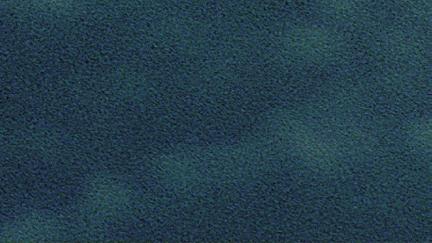
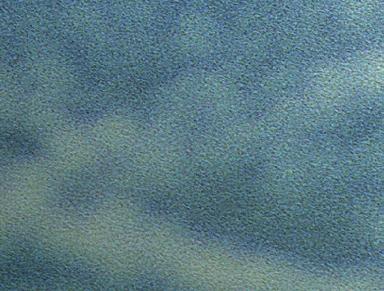
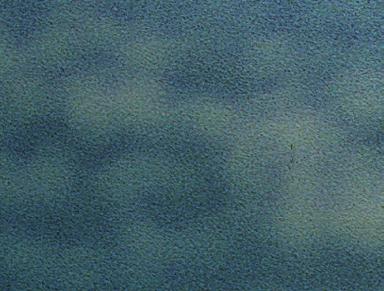

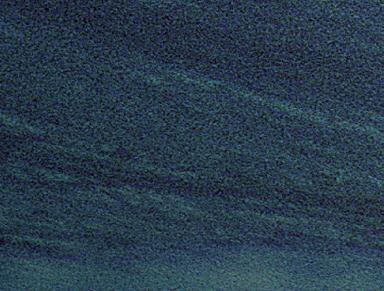


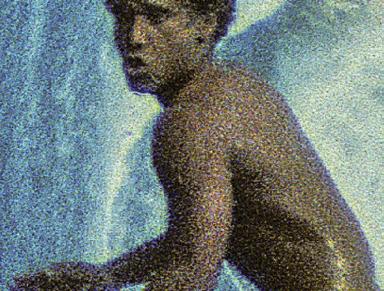
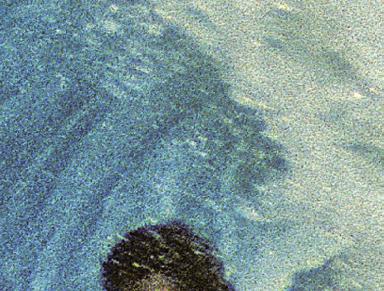
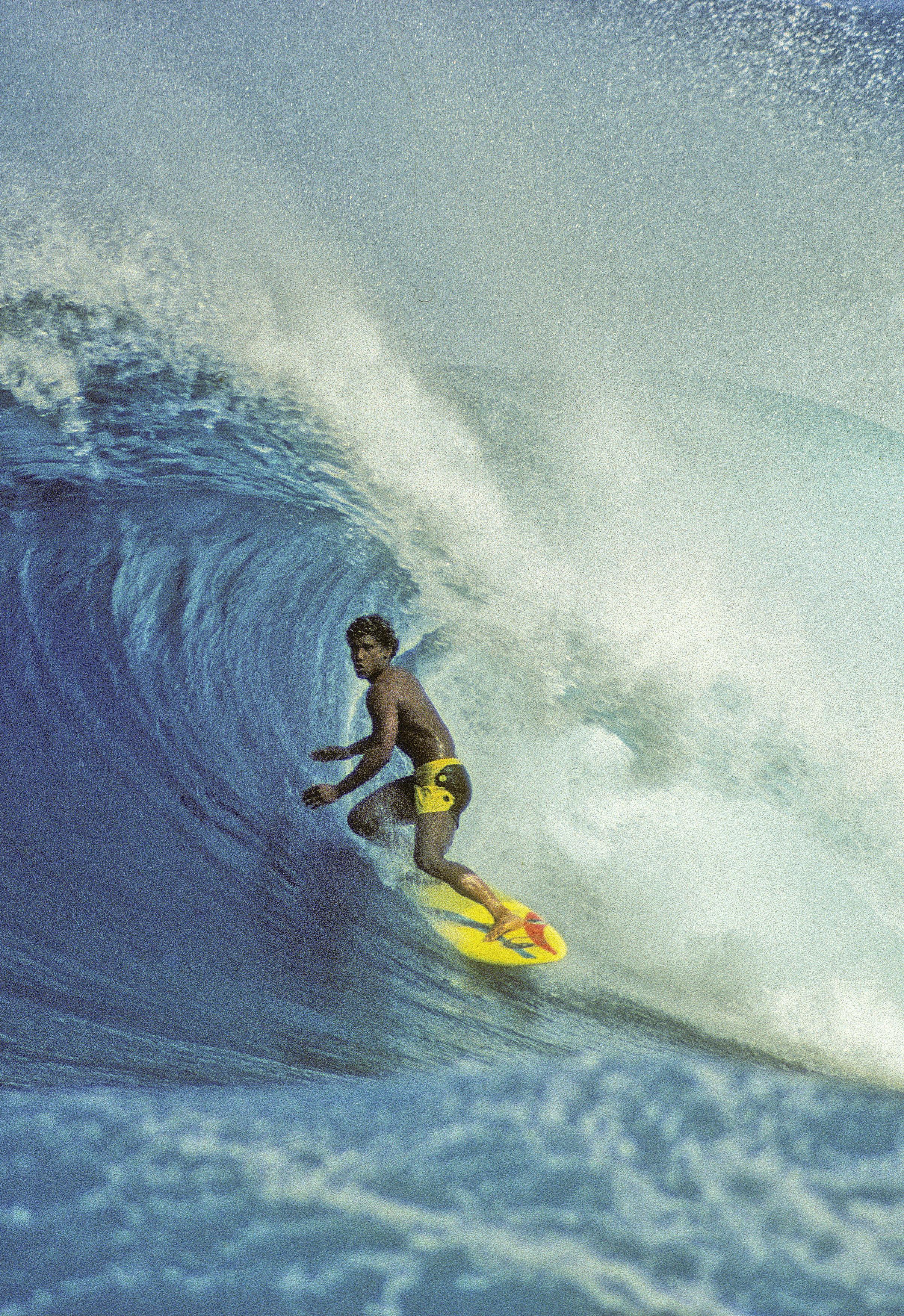
‘Aihue ‘Ia!
‘Aihue ‘Ia!



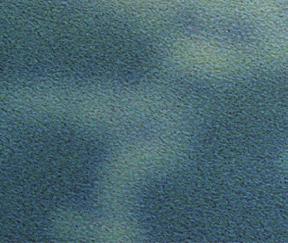
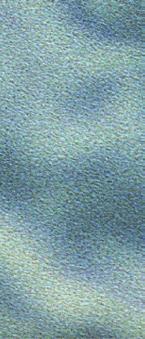

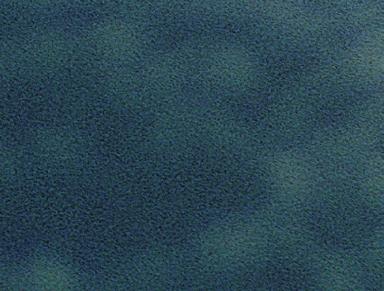

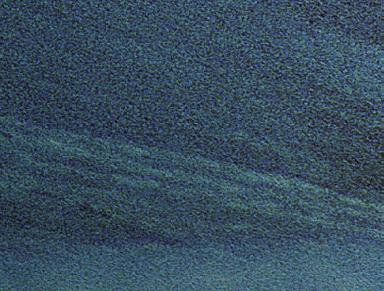

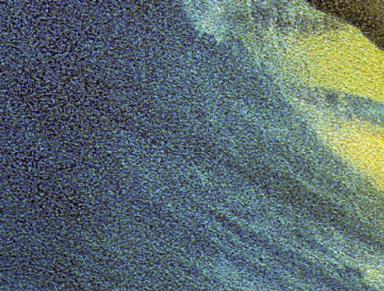
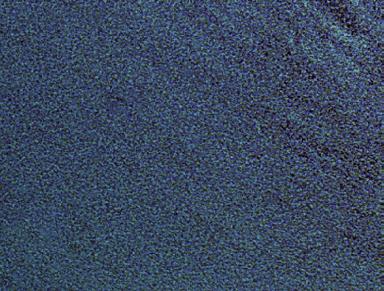






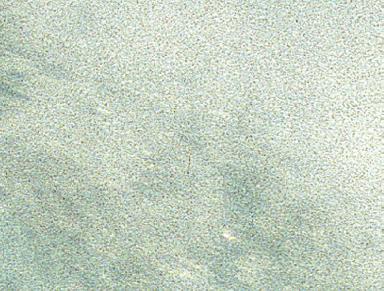
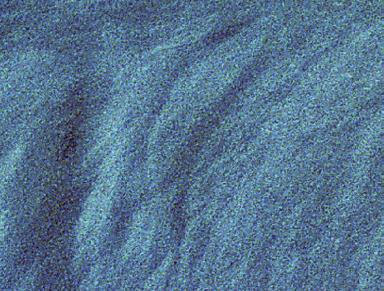
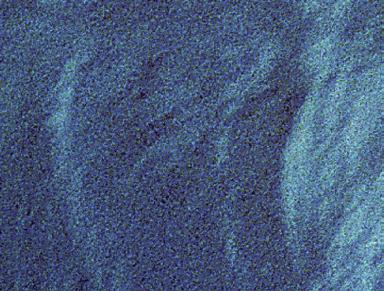
Lawe hewa ‘ia
Lawe hewa ‘ia

ka lanakila a Dane Kealoha
ka lanakila a Dane Kealoha
KEKEMAPA 1983
18
EARTHSONG
MUKU
Broken Section of a Wave
KEKEMAPA 1983
Nā poʻo o backdoor
Backdoor Vanguard
ka mea nāna i haku i ka inoa
kapakapa ʻo pig dog
Pig Dog Innovator
I.S.P.
vs. A.S.P.
nā politika kāʻeʻaʻeʻa heʻe nalu
hoʻonele ʻia nā Hawaiʻi
Pro Surfing Politics Disenfranchise Hawaiians
NATIVE NARRATIVE
Kanaka Maoli professional surfer Dane Kealoha was robbed of the 1983 World Championship of Surfing due to a beef between the outgoing International Surfing Professionals (ISP) and the incoming Association of Surfing Professionals (ASP) governing bodies. Kealoha led the ASP rankings as the tour was winding down that year, and the shift of pro surfing’s focus was on the North Shore of O'ahu. The ASP banned all of its competitors from competing in the ISP events in Hawai'i, but Kealoha and a handful of Hawaiians still competed in their home waters in 1983. Kealoha won two out of three ISP surf contests that year, and subsequently he was stripped of his ranking and points by ASP Executive Director Ian Cairns. As a result of the bureaucracy, Kealoha was never crowned a champion. Cairns was one of the Bronzed Aussies who was
reprimanded by Hawaiians in 1977 on the North Shore, and many people believe it was Cairns’ opportunity for revenge to prevent Kealoha from bringing home what would have been Hawai'i’s first surfing world championship. Banning a Kanaka Maoli from competing in he'e nalu at their ancestral home—and the birthplace of surfing—is a form of institutionalized racism. Disenfranchised and angry by the injustice, Kealoha stopped competing professionally after 1983. His impact on the sport of surfing is still felt today, as he was the first competitor to surf Backdoor—the dangerous right-breaking wave at the Banzai Pipeline— in competition. Furthermore, Kealoha also invented the widely used “pig-dog” stance, which allows a surfer to get low and stable on their surfboard when getting barreled on their backhand.
19 SPRING 2023
December 1983
ʻAihue
ʻIa! Stolen! Lawe hewa ʻia ka lanakila a Dane Kealoha
Dane Kealoha Robbed of World Championship
KAI POʻI
MA HEA KAHI I ʻIKE ʻIA AI KA HAE HAWAIʻI MA KA
NATIVE NARRATIVE
Where Was the Hawaiian Flag in Surfing’s Olympic Debut?
In 1912, Kanaka Maoli Olympic swimmer Duke Kahanamoku advocated for surfing in the Olympics. Since the inception of modern surf contests in the 1960s—when Duke was still alive—Hawai'i was always recognized as its own nation in professional and amateur surf competition around the world. This distinction allowed competitors from Hawai'i to compete under Hae Hawai'i (the Hawaiian flag) and honor the birthplace of he'e nalu and surfing’s ancestors. In 2016, after decades of pushing by the International Surfing Association (ISA), surfing’s governing body, the International Olympic Committee announced that surfing would debut at the 2020 Summer Olympics. In the process of the ISA’s Olympic endeavor, however, a Hawai'i surf team was not allowed to compete at the ISA World Games or the Olympic Games. For the first time in her career, five-time World Surf League World Champion Carissa Moore surfed under the American flag at the Summer Olympics, held in Tokyo, Japan, in 2021 (postponed one year due to the COVID-19 pandemic). The Kanaka Maoli surfer won the Olympic gold medal. It was bittersweet for Hawai'i to watch one of its Native daughters win gold at surfing’s debut in the Olympics only to see the United States flag instead of the Hawaiian flag on the winner’s podium.
20 EARTHSONG
MAKAMUA O NĀ HOʻOKŪKŪ HEʻE NALU MA KA ʻOLUMEPIKA?
Breaking Surf PUKE 41/ PUKANA 7 Volume 41/Issue 7
KIʻI NA MIKE LATRONIC
Photo by Mike Latronic
KA MO‘OLELO: CARRISSA MOORE
MA HEA KAHI I
‘IKE ‘IA AI KA HAE

HAWAI‘I MA KA


MAKAMUA
O N –A HO‘OK –UK –U
HE‘E NALU MA KA ‘OLUMEPIKA?
PUKE 41 / PUKANA 7 KI‘I NA MIKE LATRONIC
21 SPRING 2023
Members Opening
Circles and Members Opening of He’e Nalu: The Art and Legacy of Hawaiian Surfing
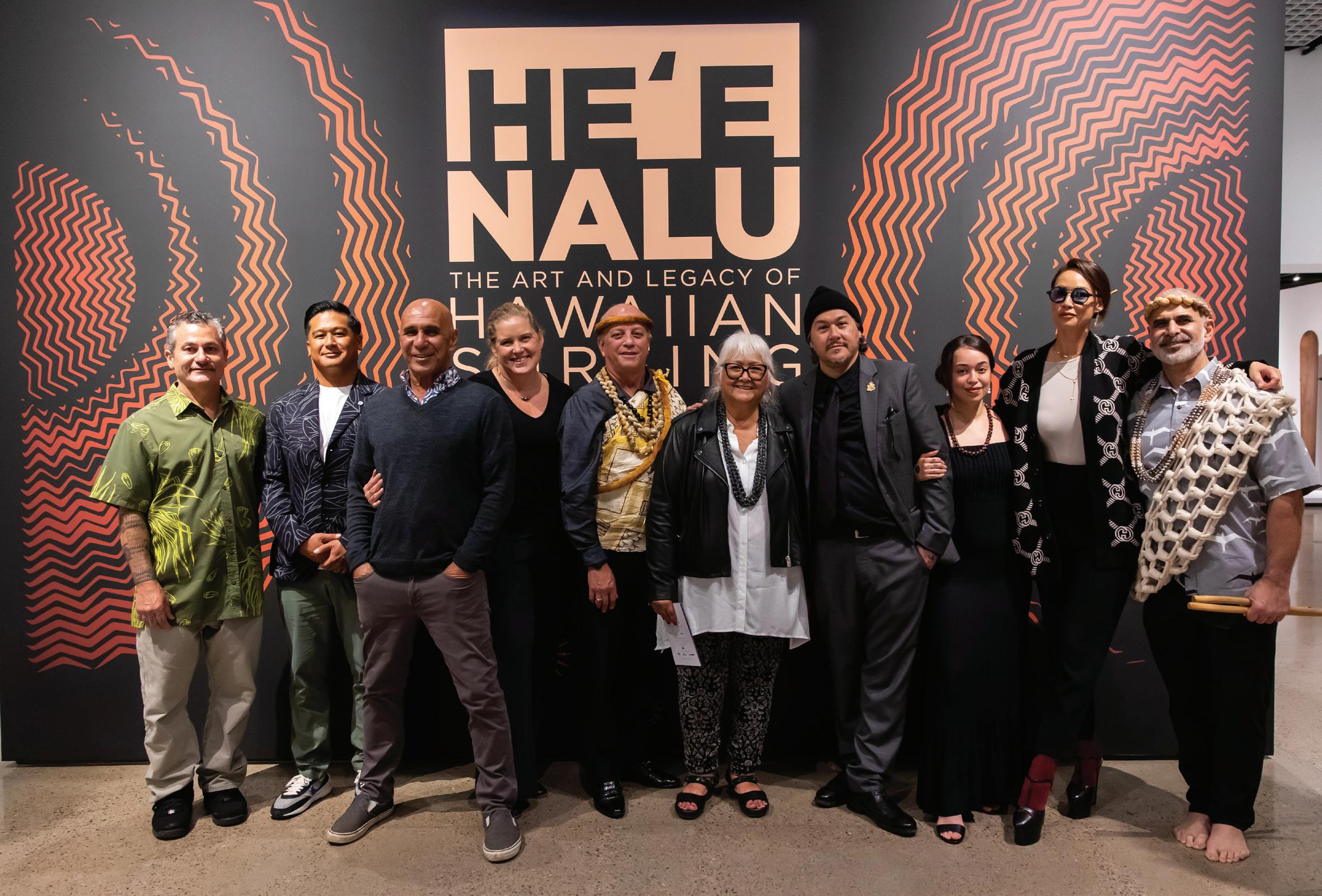

JANUARY 5, 2023
Members gathered to celebrate the opening of this extraordinary exhibition with Carolyn Kuali’i, guest curator, and visiting featured artists. Patrick Makuakane, Kumu Hula (dance teacher), led the crowd with a special chant written for the exhibition opening. Na Leo Kupono Productions—a talented local halau (dance school)—performed beautifully throughout the evening.
22 EARTHSONG
Photos: Grand opening of He'e Nalu: The Art and Legacy of Hawaiian Surfing on January 6, 2023, Haute Media.
Kumu Hula Patrick Makuakane
(L to R) Reagan Pohaku Kaho’ohanohano, Daniel Ito, Tom Pohaku Stone, Anne Stone, Ricardo San Nicolas, Carolyn Kuali’i, Ian Kuali’i, Lehuauakea, Nicole Naone, Patrick Makuakane
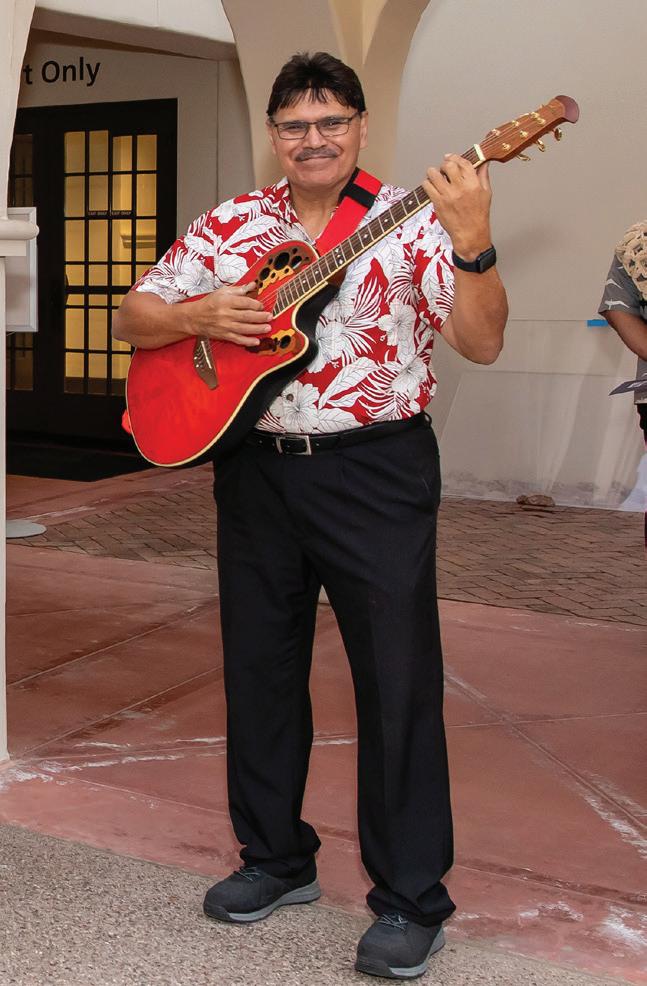
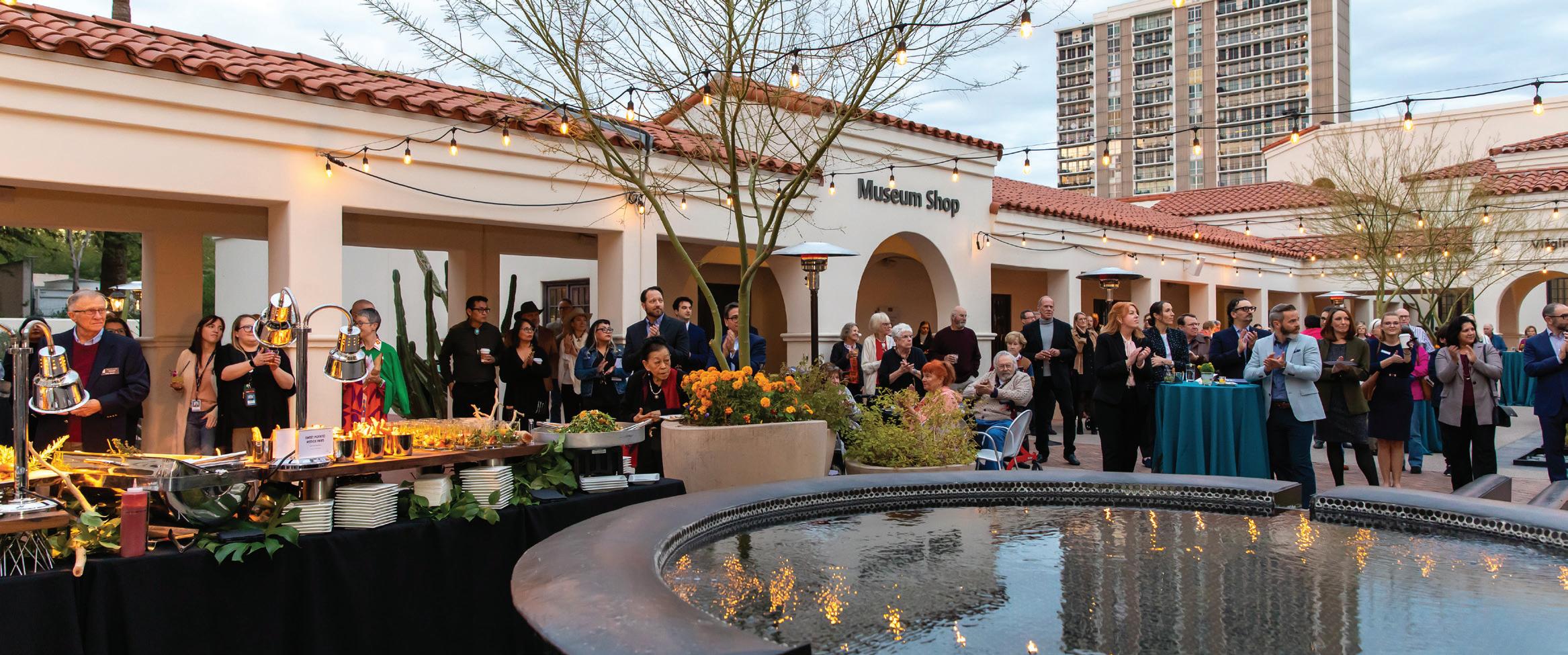


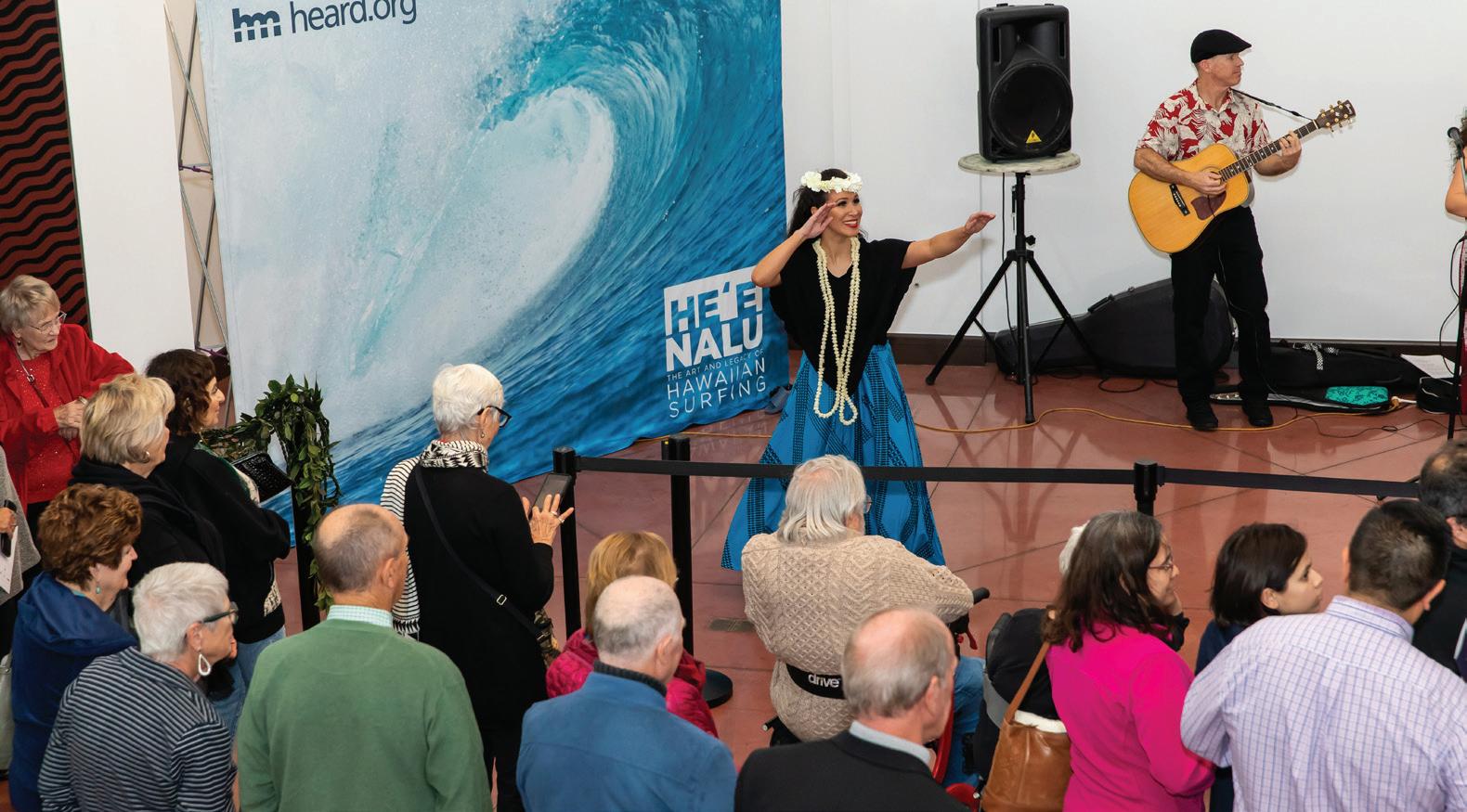
 Heard Museum Members and Circles of Giving
Olivia Barney, Susan Esco Chandler, Lehuauakea
Rudy Dolfo, Na Leo Kupono Productions, LLC
Nicole Naone
Na Leo Kupono Productions, LLC
Heard Museum Members and Circles of Giving
Olivia Barney, Susan Esco Chandler, Lehuauakea
Rudy Dolfo, Na Leo Kupono Productions, LLC
Nicole Naone
Na Leo Kupono Productions, LLC
23 SPRING 2023
Nalani Kaho’onei , Na Leo Kupono Productions, LLC
Public Opening
Ho’olaule’a at the Heard: Celebrating the Opening of He’e Nalu
JANUARY 6-7, 2023
The Heard Museum’s campus came alive with music and dance, with artists arriving to the desert direct from Hawai’i, including the acclaimed John Rivera Collective and Halau Ka Lei Mokihana o Leina'ala, the reigning champions of the world’s premier Hula competition, the Merrie Monarch Festival.

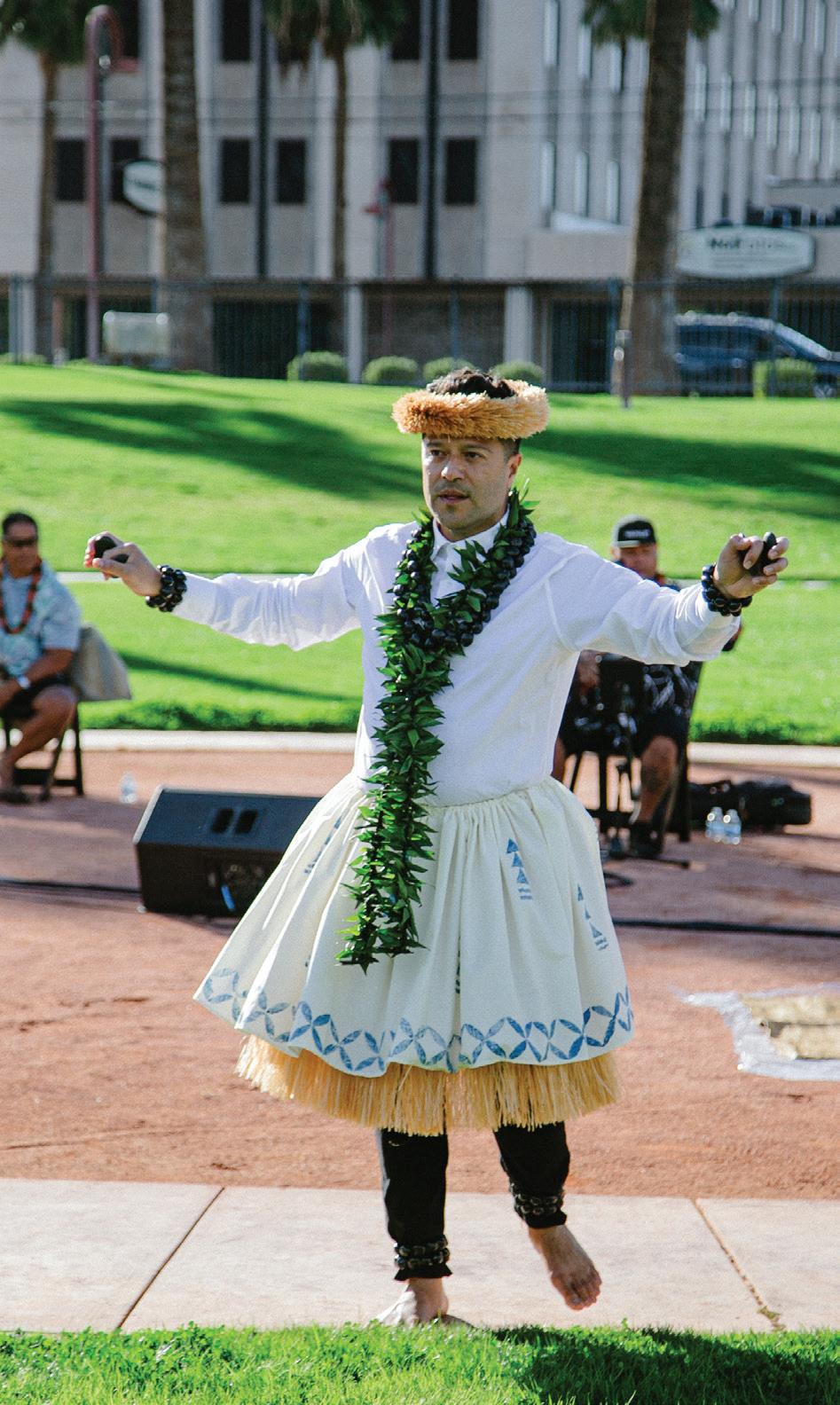
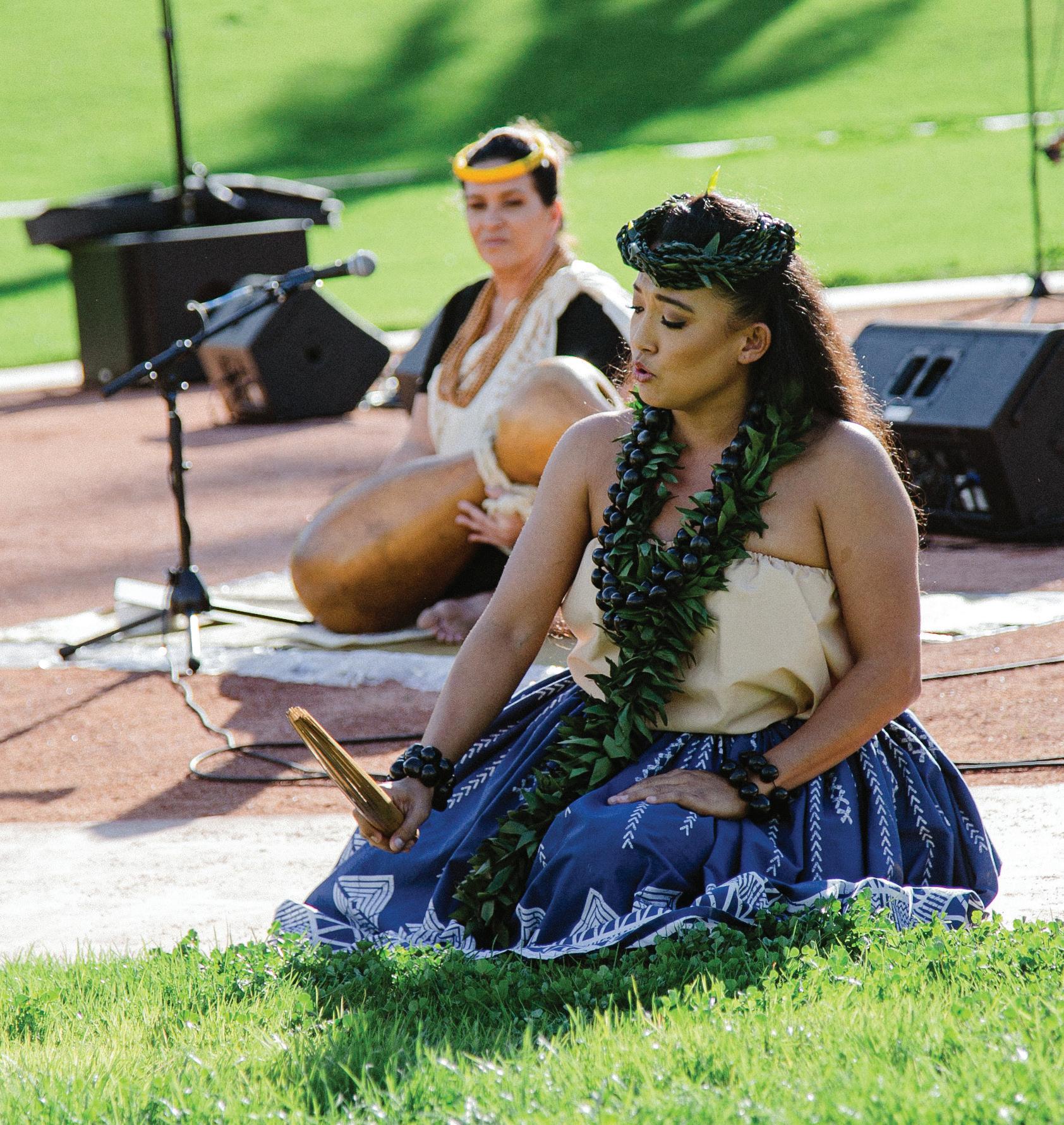 Photos: Halau Ka Lei Mokihana O Leina'a performing at the Ho'oluale'a on January 7, 2023. Photos: Ha'a Keaulana, Heard Museum.
Kumu Leina'ala Pavao-Jardin + Jayna Parongao
Photos: Halau Ka Lei Mokihana O Leina'a performing at the Ho'oluale'a on January 7, 2023. Photos: Ha'a Keaulana, Heard Museum.
Kumu Leina'ala Pavao-Jardin + Jayna Parongao
24 EARTHSONG
Kaina Lovell Kawika Kuali'i + Liloa Ho'omanawanui Rivera



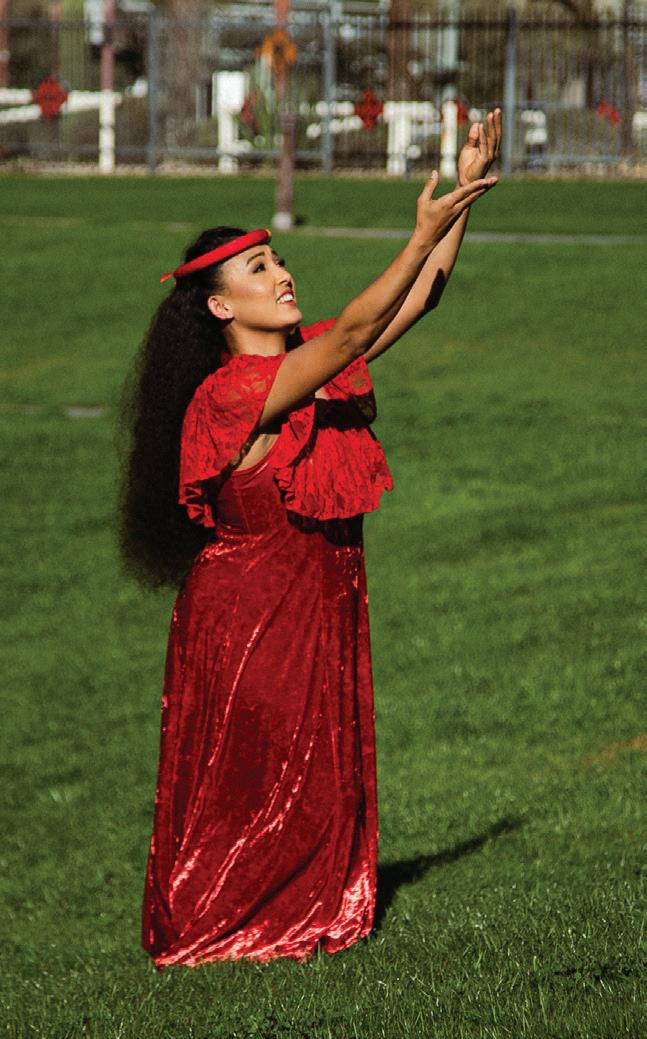
 Jayna Parongao
Chantel Rapozo + Jayna Parongao
Jayna Parongao
Breeze Pavao
Jayna Parongao
Chantel Rapozo + Jayna Parongao
Jayna Parongao
Breeze Pavao
25 SPRING 2023
John Rivera. Photo: Jeff Goodman, Heard Museum
In Conversation: Brenda Mallory

OLIVIA BARNEY | COLLECTIONS COORDINATOR
The North Star Changes is an upcoming exhibition opening in April at the Heard Museum presenting work by Brenda Mallory, a citizen of the Cherokee Nation. Mallory has received much recognition for her work. She was awarded an Eiteljorg Contemporary Art Fellowship in 2015, a National Artist Fellowship from the Native Arts and Cultures Foundation in 2016, and a Hallie Ford Fellowship in the Visual Arts from The Ford Family Foundation in 2022. Mallory’s upcoming exhibition at the Heard Museum is based on the idea that humans perceive the North Star as permanent, yet over the course of thousands of years, different stars assume the name and the position. The North Star Changes will feature sculptures that the artist has made using reclaimed and found objects, taking the form of installations. I discuss with Mallory her work, themes and upcoming exhibition.
Olivia Barney: How did you become interested in your current style of creating?
Brenda Mallory: I’ve always been interested in the environment and trying to avoid waste, so I try to work with materials that I’ve found or reclaimed from scraps. I think there’s something special about giving a second life, a second function to something that’s been deemed “trash” by someone else. But sometimes I take new materials and destroy them in order to re-form them.
OB: A portion of your work involves connections utilizing hardware and other means. Is there a reason you explore connections in your work?
BM: Yes, for me these connections represent repairs, suturing broken things or broken worlds. It’s a way to show networks, too, and the interconnections between systems, people and cultures. The hardware I use is a nontraditional way of sewing. Rather than needle and thread, I’m sewing back with hog rings or nuts and bolts.
26 EARTHSONG
LEFT: Brenda Mallory (Cherokee Nation). Zen Scrubber #2, 2015 . Scrubber pad, paint, deconstructed linen firehose. Photograph by Dan Kvitka.
COMING SOON
They’re very visible. I don’t try to hide them. They’re an essential part of my work. It’s a way of honoring my Cherokee ancestors who were ripped out of the world they’d known forever and had to piece back together a way of life in a new place.
OB: Are there any artistic styles or techniques you want to explore?
BM: I’m interested in basket weaving, but it’s not something I know how to do. One of the pieces I’m showing at the Heard is inspired by a Cherokee basket maker’s pattern, but it’s cropped in tightly so it’s abstract. Cherokee basket weavers have amazing skills that I admire, and I’d like to study weaving in a deeper way.
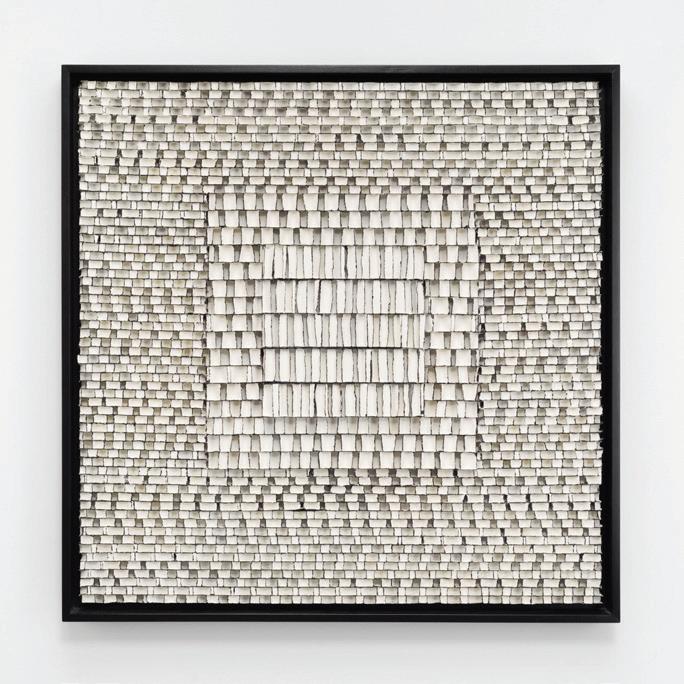

OB: Your upcoming exhibition is titled The North Star Changes. What is the significance of its name to you?
BM: I read the line “the North Star changes” while doing some research. I was surprised to learn that this term, which represents permanence, isn’t even permanent. We humans have a need to believe in something we can count on forever, or an ultimate truth. But I don’t think that exists. So, when I saw that line about the North Star changing, I wanted to use it.
OB: You’ve previously said, “The idea of things changing has always been in my work.” Would you expand on that statement?
BM: All things change, but it doesn’t necessarily mean they’re broken. They get repaired and continue. One of the first pieces I ever made in my career, Demeter Does the Math (and Cries), is the very essence of change. It will be in the exhibition and refers to the myth of Persephone and Demeter. Persephone is gone for half the year, and Demeter is grieving, making the world not fertile and verdant during that time. It’s an example of cyclical change.
OB: Is there anything you’re looking forward to the museum visitors experiencing?
BM: While my work is abstract, there is always a story I have in mind as I am making it. I try to make the work rich in texture and pattern to compel the viewer to take longer look. Everybody brings their own experience to the museum, and I have found that people bring ideas to my work that I hadn’t even consciously thought of, and I love that. I’m interested in multiple interpretations of a work.
OB: Do you have a website or artist’s page you would like to share, so people can follow the work you’re doing?
BM: Yes, my website is brendamallory.com, and I have Instagram @brenmallory.
27 SPRING 2023
Images, top to bottom: Brenda Mallory (Cherokee Nation). Drivebelt Experiment #2, 2016. Rubber drivebelts, paint on wood panel. Photograph by Dan Kvitka. Brenda Mallory (Cherokee Nation). Reformed Packings #24 (Emergent Forms), 2022. Honeycomb packing sheet, paint, encaustic. Photograph by Mario Gallucci.
COMING SOON
Study of Stars:
Native American Astronomy

 MARIO NICK KLIMIADES | LIBRARY AND ARCHIVES DIRECTOR
MARIO NICK KLIMIADES | LIBRARY AND ARCHIVES DIRECTOR
The Heard Museum’s stellar exhibition and accompanying catalogue, Substance of Stars, beautifully explores Native American creation knowledge. The science of astronomy, however, has been part of Native American culture from earliest times. The Heard’s Billie Jane Baguley Library and Archives is fortunate to hold extensive resources on Native American astronomy and its related fields of archaeoastronomy and cosmogony. Over the years, hundreds of books and journal articles dating from the time of museum founder Maie Bartlett Heard to the present have been collected.
The science of stars permeated Native cultures from all geographical areas of the Americas, including Mexico, Central America, Peru, and the Southwest and Great Plains of North America. Indigenous people made maps of the stars, gave names to constellations, developed elaborate solar calendars, and aligned architecture and markers with celestial bodies. Close to home, the Ancestral Puebloans of Chaco Canyon, New Mexico,
not only recorded on walls the explosion of the star Crab Nebula in the constellation Taurus, but more notably utilized astronomical knowledge to align their architecture and roads, and even create an observatory. Considered most noteworthy by scholars of Chacoan culture was the creation of the Sun Dagger, a celestial calendar on Fajada Butte. This extraordinary site is a solar observatory made with large stone slabs (measuring 2 to 3 meters). The people carved spirals into the rock (which we might liken to clock faces) upon which, at specific times of year, the sun and shadows mark both the solstices and equinoxes. One of the light markings takes the shape of a dagger, which gives the site its name.
Other solar observatories can be found on the Great Plains, where Native people created “medicine wheels” which, in some instances, date from nearly 2,000 years ago. These rock circles found in the northern Plains from Colorado to Alberta marked the seasons with great precision and served as a special kind of calendar. In the
28 EARTHSONG
COLLECTION
case of the Bighorn Medicine Wheel in north-central Wyoming, outside the periphery of the outer circle are cairns, which, during the summer months, form direct alignments with the horizon position of the stars Aldebaran, Rigel and Sirius.
The early cultures of Mesoamerica obsessed about the moon, sun and night skies; this preoccupation is evident in stone monuments, surviving codices (plural of “codex,” an ancient handwritten book, usually on papyrus or parchment), ceramics and statements by Native intellectuals. Evidence reveals that throughout Mesoamerica, the study of the heavens was the purview of specialists; in Aztec culture, they were called ilhuica tlamatilizmatini, “the wise man who studies heaven.”
Not all Native American astronomy is about the past. Today, with organizations like the American Indian Science and Engineering Society (AISES), Native American students are encouraged to pursue careers in all the sciences, including astronomy and astrophysics. For example, Navajo/Zuni Pueblo astronomer Dennis Lamenti actively recruited Native American students into his field. Lamenti, who grew up on the Navajo Nation near Tuba City, Arizona, left the corporate world to learn more about Navajo ceremonies and the Creator. Intrigued by physics and mathematics, in 2002, at almost 45 years old, he enrolled at San Francisco State University to pursue a bachelor’s degree in physics. In his sophomore year, he pursued astronomy and accepted an internship in the astrophysics division of Lawrence Berkeley National Laboratory in Alameda County, California. After earning both a master’s and a Ph.D. in astronomy, sadly he passed away in 2012. Another modern-day Indigenous astronomer is Annette S. Lee (Dakota-Lakota/Ojibwe), an award-winning astrophysicist, artist and educator. Lee has inspired many young astronomers as one of the directors of Native Skywatchers, a movement she supported. She co-authored the book D(L)akota Star Map Constellation Guidebook: an Introduction to D(L)akota Star Knowledge, which seeks to address the loss of Indigenous star knowledge, specifically as it relates to the Dakota/ Lakota and Ojibwe communities.
Native Americans are no longer limited to studying the skies; nowadays, they also are exploring space. Astronaut John Herrington became the first Native American to walk in space when he traveled to the International Space Station for 13 days in 2002. Born into the Chickasaw Nation in Wetumka, Oklahoma, in 1958, Herrington brought the Chickasaw flag and a Native flute with him during his space travels. He has since retired from NASA and is spending his time as a motivational speaker, encouraging Indigenous students to pursue careers in STEM disciplines (science, technology, engineering and math) and, as he did, to shoot for the stars.
The information shared here is infinitesimal in scope compared with the universe of research on Native American astronomy. If you would like to learn more about Native American astronomy and the topics touched upon here, visit the Billie Jane Baguley Library and Archives webpage at https://heard.org/library/ to begin your Library Catalog search, or visit the Library in person Monday through Friday from 10 a.m. to 3:45 p.m.
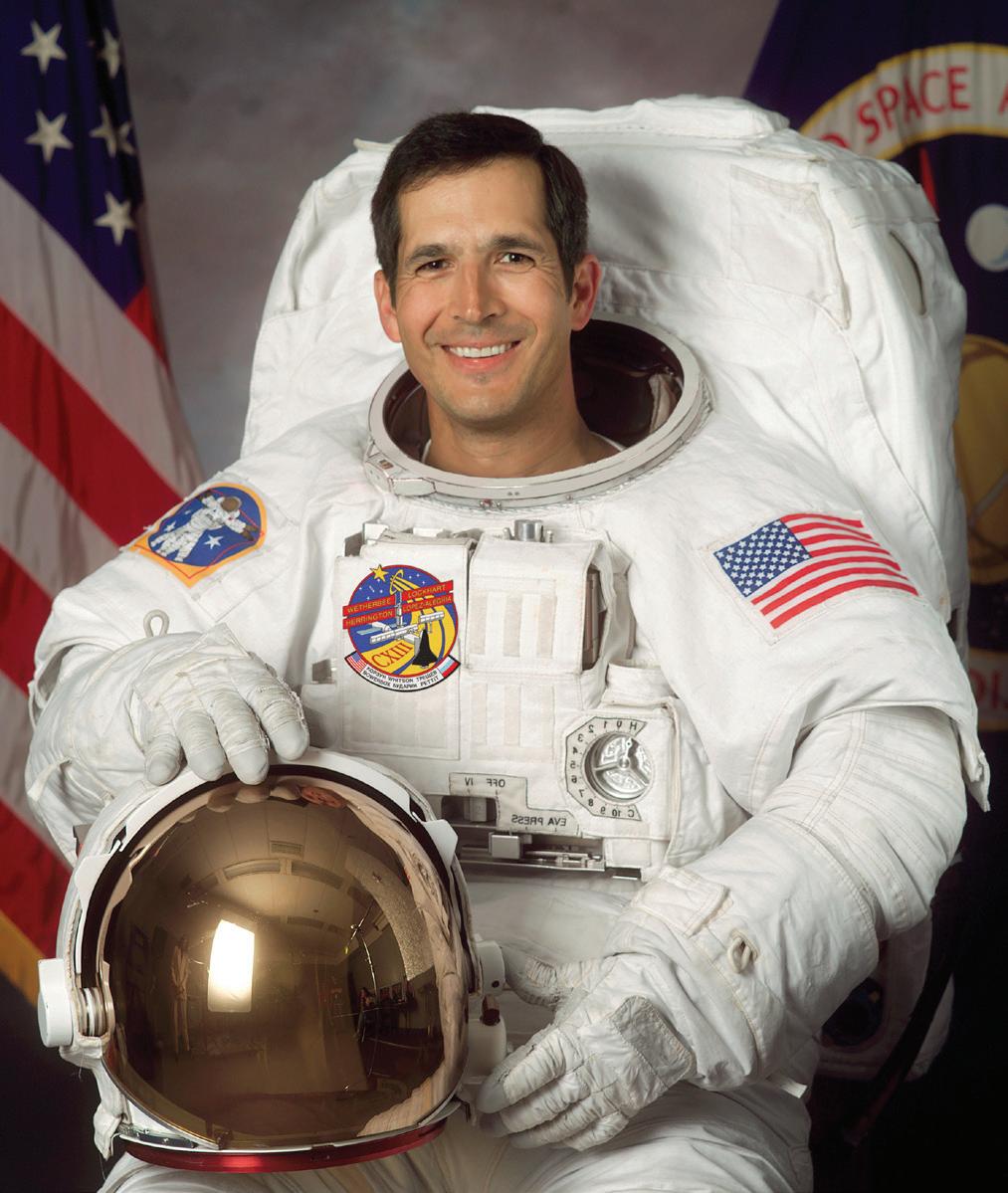 LEFT: A Mayan priest-astronomer from the Codex Tro-Cortesianus (also known as the Madrid Codex or the Troano Codex) is looking at the sky and attempting to understand what he is seeing, employing his intellect and cognitive processes. Códice Troano. Panel 13. Madrid, Spain: Matev Artes e Industrias Gráficas, 1930. Call no.: RBK: F1219.56.C628C6 1930. Photo by Craig Smith, Heard Museum.
Aztec astronomer from the Codex Mendoza. In Nahua astronomy, eyeballs linked by a dotted line and pointing to the sky denote distant gazing. Frances F. Berdan and Patricia Rieff Anawalt, The Codex Mendoza. Vol. 3. Berkeley, Calif.: University of California Press, 1992: p. 133 (facsimile reproduction). Call no.: OVZ: F1219.56.M35C635 1992. Photo by Craig Smith, Heard Museum.
LEFT: A Mayan priest-astronomer from the Codex Tro-Cortesianus (also known as the Madrid Codex or the Troano Codex) is looking at the sky and attempting to understand what he is seeing, employing his intellect and cognitive processes. Códice Troano. Panel 13. Madrid, Spain: Matev Artes e Industrias Gráficas, 1930. Call no.: RBK: F1219.56.C628C6 1930. Photo by Craig Smith, Heard Museum.
Aztec astronomer from the Codex Mendoza. In Nahua astronomy, eyeballs linked by a dotted line and pointing to the sky denote distant gazing. Frances F. Berdan and Patricia Rieff Anawalt, The Codex Mendoza. Vol. 3. Berkeley, Calif.: University of California Press, 1992: p. 133 (facsimile reproduction). Call no.: OVZ: F1219.56.M35C635 1992. Photo by Craig Smith, Heard Museum.
29 SPRING 2023
Astronaut John Herrington (Chickasaw), 2002. Photo by David DeHoyos, courtesy of the National Aeronautics and Space Administration, jsc2002e21740.
Heard Museum Receives Major Artwork Donation
In December, Charles and Valerie Diker donated to the Heard Museum their remarkable collection of soft sculptures, or beaded dolls, currently on exhibit in the Heard’s Sandra Day O’Connor Gallery. This collection is unsurpassed in its extensive representation, featuring masterful works by these five leading artists: Rhonda Holy Bear (Cheyenne River Sioux/Lakota), Jamie Okuma (Luiseño/Shoshone-Bannock), Joyce Growing Thunder (Assiniboine/Sioux), Juanita Growing Thunder Fogarty (Assiniboine/Sioux) and Jessa Rae Growing Thunder (Assiniboine/Sioux). Each artist has received extensive recognition, including numerous Best of Show and First Place awards at the Heard Museum Guild Indian Fair & Market and the Santa Fe Indian Market.
The collection came to the museum initially as an exhibition loaned by Charles and Valerie Diker. The couple began collecting Native American art more than 45 years ago. Drawn to historical works, they saw an immediate connection between the contemporary beadwork figures and the historical works they had collected. The modern dolls provide a figurative reference to Indigenous peoples from the Great Plains and Great Basin regions who lived in those areas during the late 19th century, and the Dikers appreciated that several of the soft sculptures represented historic leaders as well as other tribal community members. The collection was chronicled in a book titled Grand Procession, written by beadwork expert Lois Dubin. In
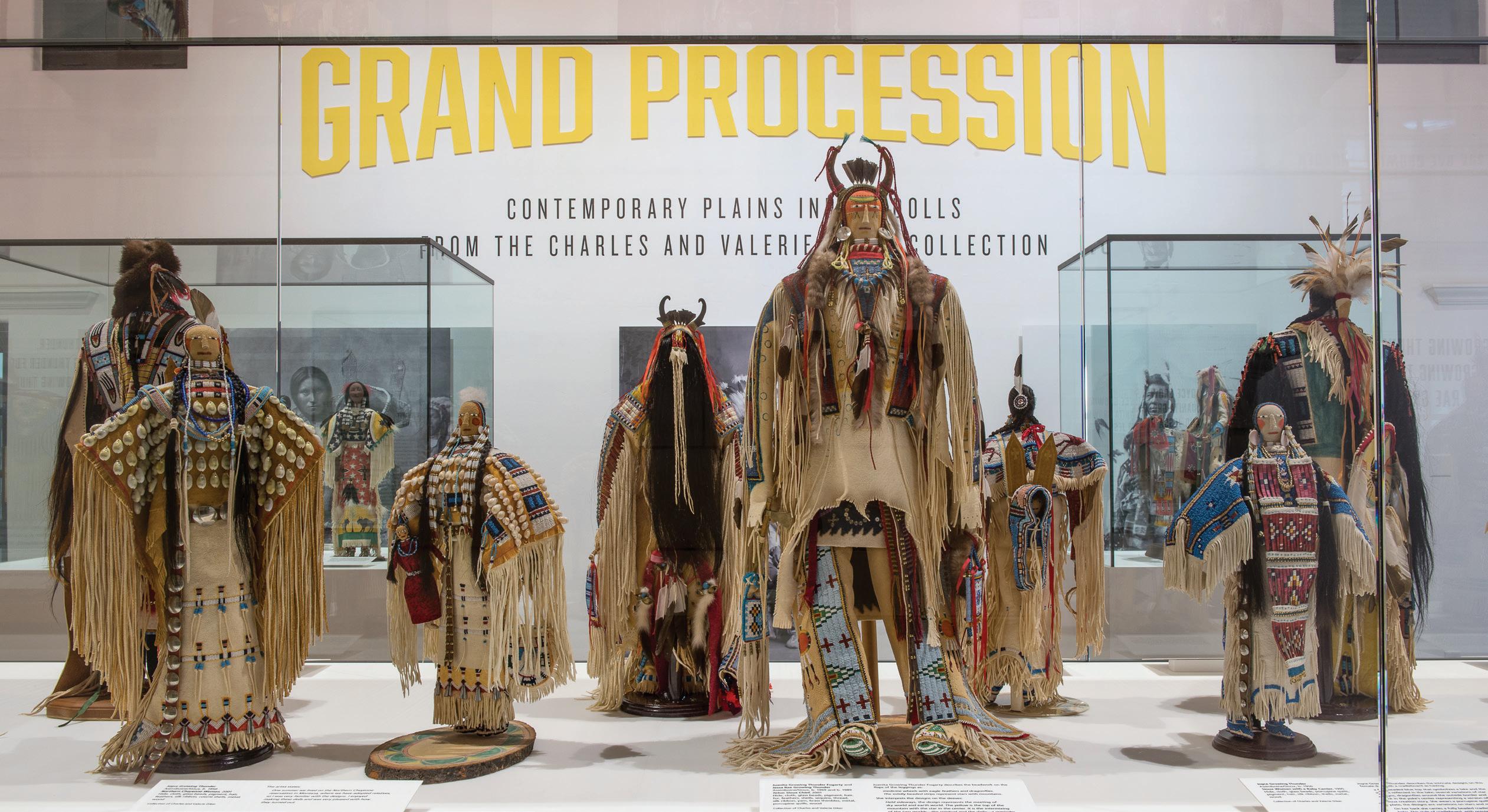
30 EARTHSONG
DIANA PARDUE | CURATOR OF COLLECTIONS
Installation view of Grand Procession: Contemporary Plains Indian Dolls from the Charles and Valerie Diker Collection
.
COLLECTION
Photo: Craig Smith, Heard Museum
their collector’s statement in Grand Procession, the Dikers commented on the great care that each artist took in creating the dolls. They said, “Each detailed figure tells its own story. By their outfits and accoutrements, they pass on visual memories of a brilliant past.” Of particular note are the tiny glass beads each artist has sewn into the sculptures. The beads are as small as size 20 or 22 (the larger the number, the smaller the bead).
In making the announcement of the donation, David M. Roche, Dickey Family Director and CEO of the Heard Museum, said, “It is a singular collection in the world of contemporary Native art, impossible to replicate. The dolls reflect customary cultural practices including painting on hide and sewing with porcupine quills and glass beads, but at such a transcendent level that they are truly world-class works of art. This gift will immeasurably strengthen and enhance the Heard’s collection, and we are deeply grateful to Chuck and Valerie Diker for their generosity.”
The dolls remain on display in the museum’s Sandra Day O’Connor Gallery. The Heard staff is working in conjunction with the artists to plan a new book about the collection.
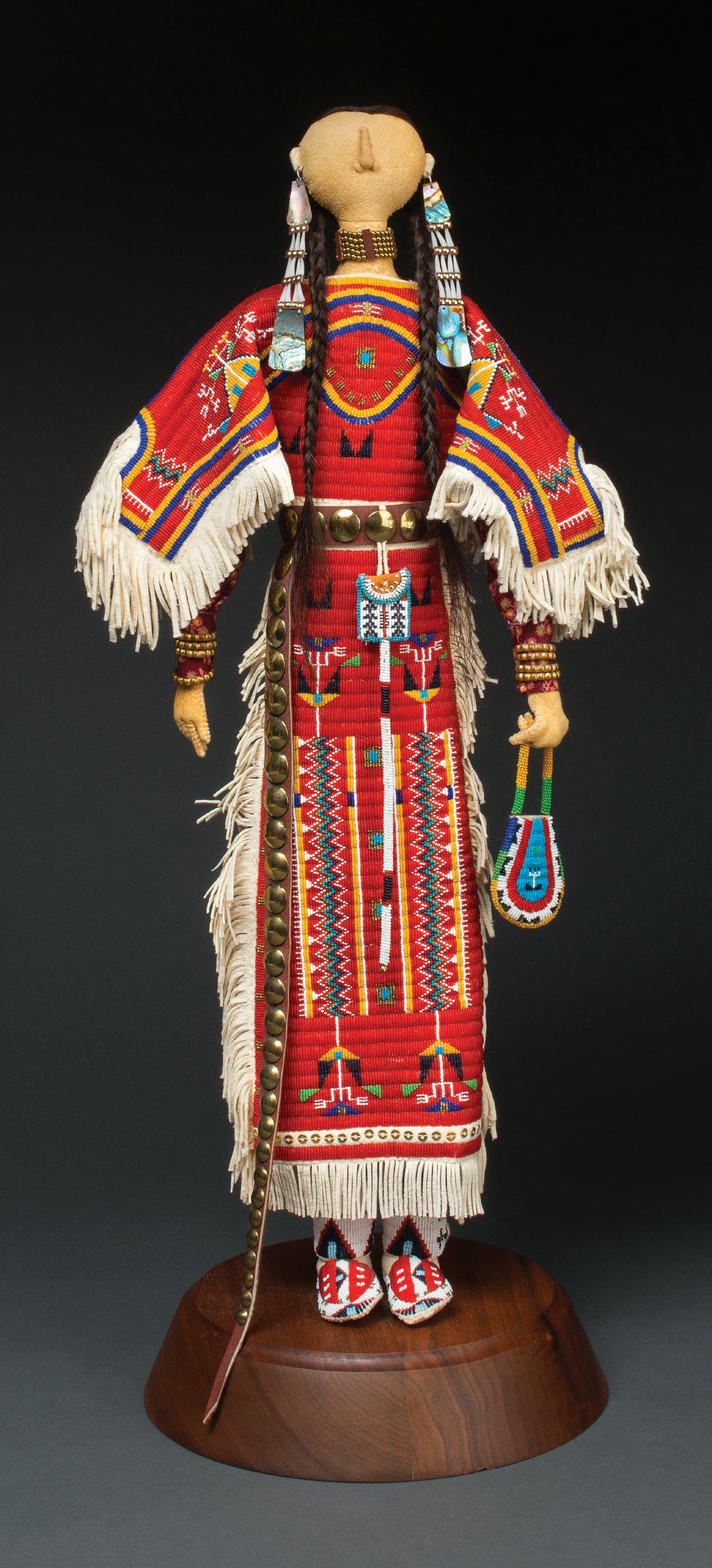
31 SPRING 2023
Jamie Okuma (Luiseño/Shoshone-Bannock/Okinawan-Hawaiian), b. 1977. Lady in Red, Lakota Woman, 2003. Hide, cloth, glass beads, hair, detalium and abalone shells, metal, sequins, wood. Collection of Charles and Valerie Diker.
This gift will immeasurably strengthen and enhance the Heard’s collection, and we are deeply grateful to Chuck and Valerie Diker for their generosity.
- DAVID M. ROCHE DICKEY FAMILY DIRECTOR AND CEO
INDIAN FAIR + MARKET
We invite you to the 65th Annual Heard Museum Guild Indian Fair & Market at the Heard Museum on March 4 & 5, 2023. Since 1959, the Indian Fair & Market has showcased the beauty and vitality of Indigenous creative expression by artists from not only the Southwest, but across Indian Country. Last year’s 2022 Indian Fair & Market was a resounding success, with record numbers of guests and sales! We are dedicated to making our landmark 65th year even better and more exciting, highlighting the work of more than 600 superlative artists!
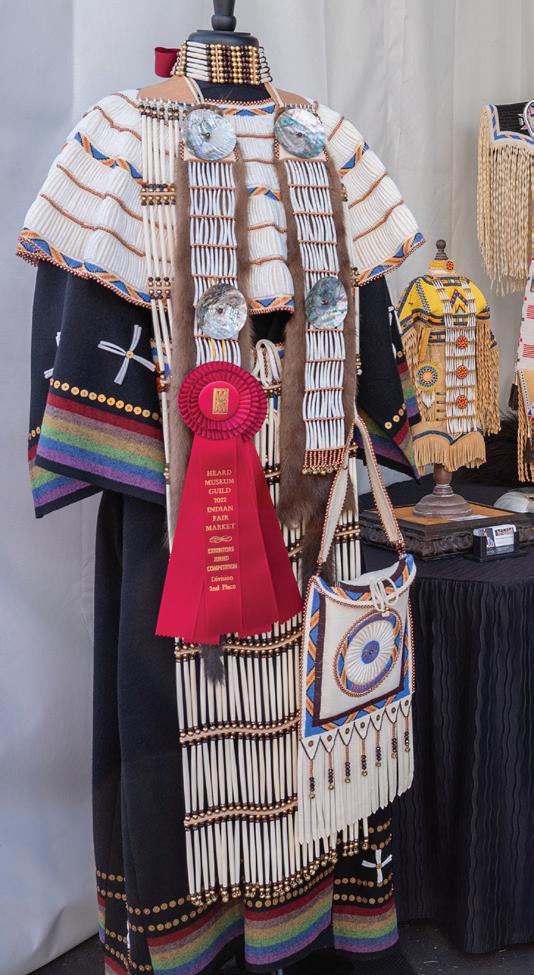


Many artists will also compete in the Juried Competition for a coveted Heard ribbon across numerous classifications. For the artists, these ribbons carry with them cash awards as well as enhanced recognition in their artistic fields. Thanks to many generous donors, we have exceeded our goal by raising more than $115,000, securing more support for the Juried Competition than ever in the Fair’s 65-year history. This includes the overall Best of Show award, which carries a $25,000 cash prize! We hope you will plan to join us on Friday evening, March 3, when the Best of Show and Juried Competition winners will be announced in advance of the Fair.
An exciting component of the Fair will be the Youth Artists Show & Sale (formerly the Student Art Show & Sale). Combining this event with the Fair allows us to bring youth artwork to a wider audience. We invite and encourage American Indian students in grades 7-12 to submit their original artwork for display and sale. Youth artists will have their art judged by a professional panel and compete for ribbons and cash prizes totaling $10,000.
Please join us as we celebrate the 65th Annual Indian Fair & Market on the beautiful Heard Museum campus.
Traditional dress with dentalium yoke by Beverly (Bear King) Moran (Standing Rock Sioux Tribe), Photo: Courtnay Hough, Heard Museum
32 EARTHSONG
Pottery figurines by Kathleen Wall (Jemez Pueblo). Photo: Courtnay Hough, Heard Museum
65TH ANNUAL HEARD MUSEUM GUILD
Juried Art Competition and Best of Show Reception

FRIDAY, MARCH 3, 5:30 TO 8 P.M.
(Early admission for Circles of Giving members at 5 p.m.)
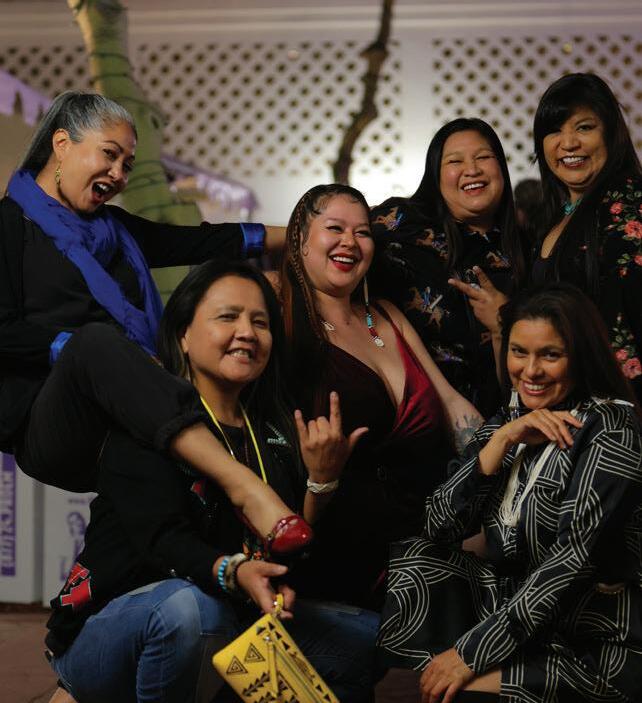
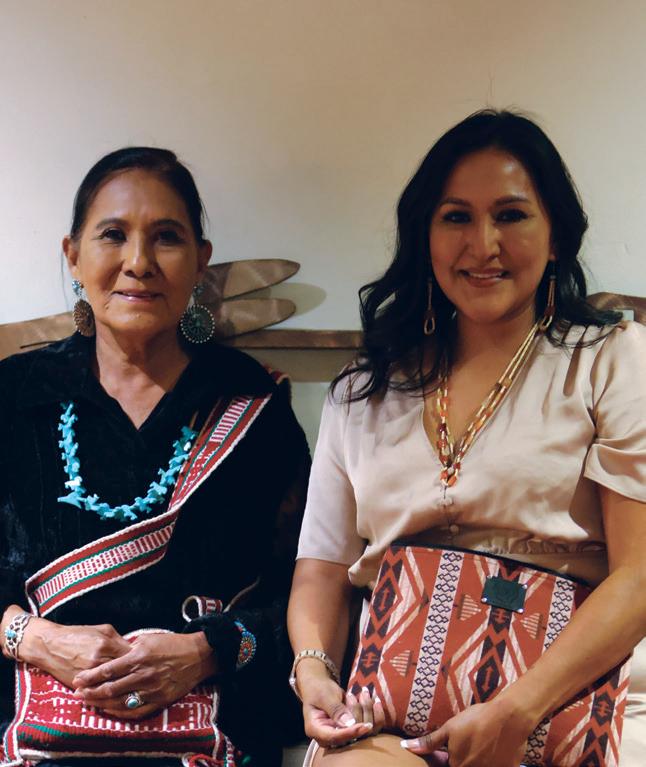
Tickets: $75 Members/$100 Non-Members
Don’t miss this evening kickoff to the Heard Museum Guild Indian Fair & Market on Friday, March 3! You’ll be able to relax with friends in the Courtyard while enjoying small plates, desserts and beverages before viewing the winning artwork in every classification and the overall Best of Show winner! The winning artworks are selected by a panel of renowned judges composed of artists, collectors and museum professionals. You can view these exquisite works up close and engage with and congratulate the artists.
The Guild wishes to express its sincere gratitude to Joy and Howard Berlin, the Head Family, Sharron Lewis, and Kristine and Leland W. Peterson for their very generous support of the Indian Fair & Market in co-sponsoring the $25,000 Best of Show Award, and to Betty Van Denburgh for sponsoring the Best of Show and Best of Division ribbons for the Youth Artists Show & Sale.
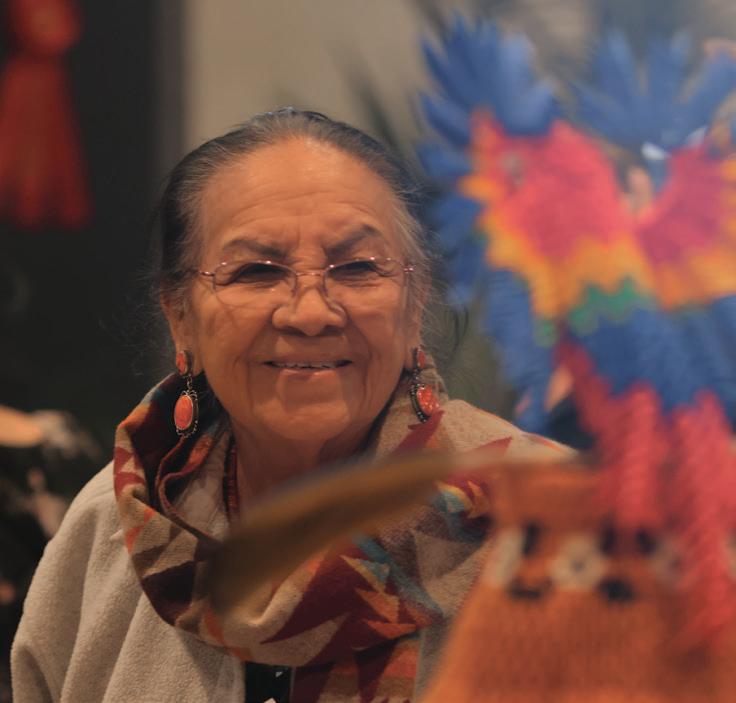

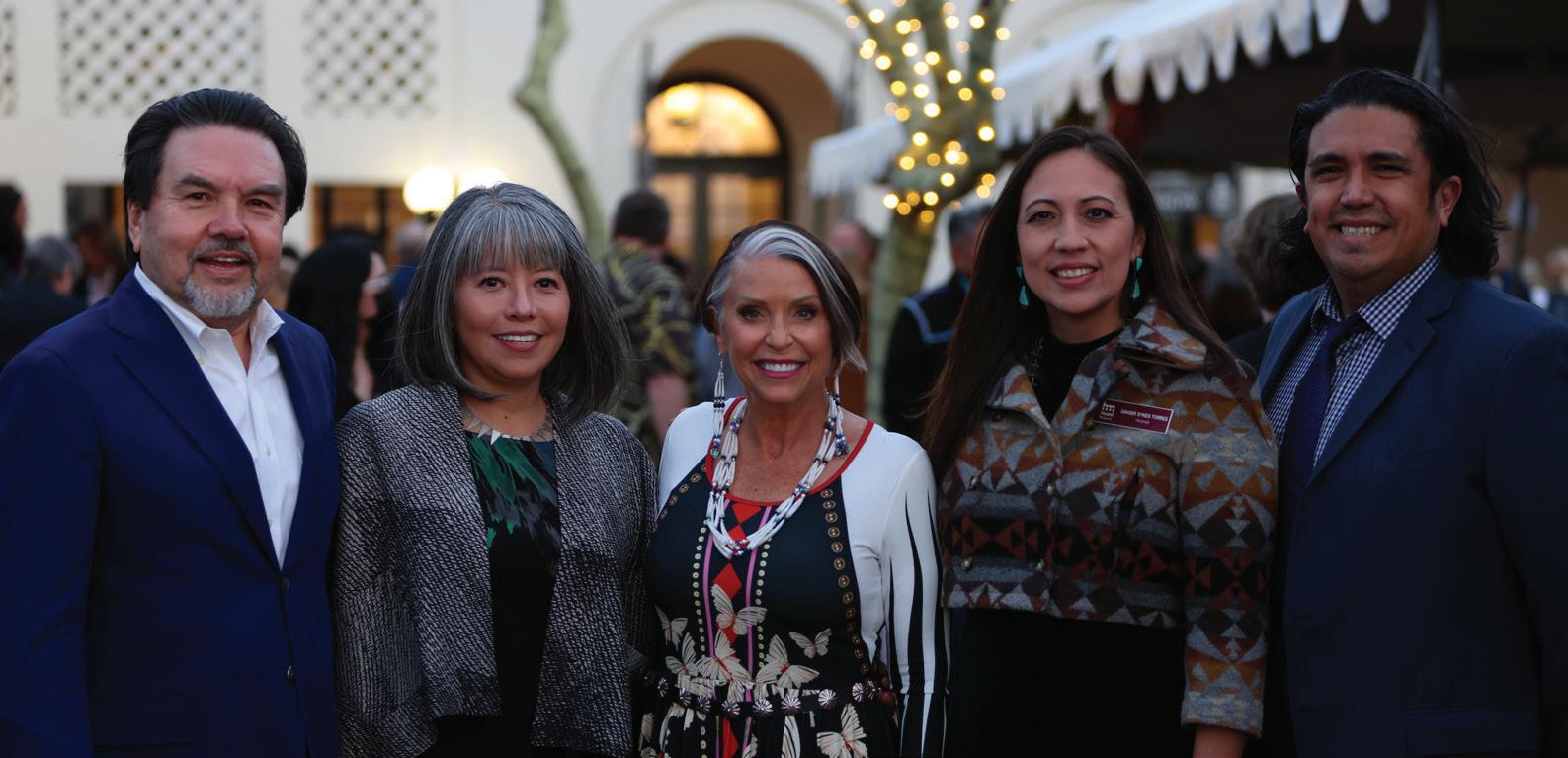 Walter Lamar, Cynthia Chavez Lamar (Director of the Smithsonian National Museum of the American Indian), Christy Vezolles (Trustee), Ginger Sykes Torres (Trustee), Javier Torres. Photo: P.S. Studios, Heard Museum
Photo: P.S. Studios, Heard Museum
Nanabah Aragon (Navajo)
Photo: P.S. Studios, Heard Museum
Arthur Holmes, Jr. (Hopi). Photo: P.S. Studios, Heard Museum
Shell Shorty Floyd, Penny Singer, Jo Povi Romero, Melissa Talachy, Carrie Loretto, Kathleen Wall
Photo: P.S. Studios, Heard Museum
Aydrian James Day (Anishinaabe/ HoChunk/Lakota), Age 12. Noojimo’ iwewin (Healing), 2022. Youth Art Show & Sale Best of Show Winner.
Walter Lamar, Cynthia Chavez Lamar (Director of the Smithsonian National Museum of the American Indian), Christy Vezolles (Trustee), Ginger Sykes Torres (Trustee), Javier Torres. Photo: P.S. Studios, Heard Museum
Photo: P.S. Studios, Heard Museum
Nanabah Aragon (Navajo)
Photo: P.S. Studios, Heard Museum
Arthur Holmes, Jr. (Hopi). Photo: P.S. Studios, Heard Museum
Shell Shorty Floyd, Penny Singer, Jo Povi Romero, Melissa Talachy, Carrie Loretto, Kathleen Wall
Photo: P.S. Studios, Heard Museum
Aydrian James Day (Anishinaabe/ HoChunk/Lakota), Age 12. Noojimo’ iwewin (Healing), 2022. Youth Art Show & Sale Best of Show Winner.
33 SPRING 2023
Photo: Haute Media
INDIAN FAIR &
MARKET
Cultural Performances Schedule
Saturday & Sunday, March 4 & 5
Master of Ceremonies: Gabe Ayala (Pasqua Yaqui)
Drum Group: Thunder Springs Northern Drum Group, led by Lamon Barehand (Hopi/Pima)
Arena Director: Eric Manuelito (Diné)
Sound Engineer: William Eaton (Anglo), Wisdom Tree Music
11 a.m. to 4 p.m. both days
Opening Ceremonies | 11 a.m. both days
Presentation of Colors: First Nation Warrior Society
Native American Flag Song: Thunder Springs Northern Drum Group
National Anthem: Sung in Apache by Bo Goode (Great San Carlos Tribe)
Prayer/Blessing: Matthew Yatsayte (Zuni/Diné)
Remarks: Jane Sanford & Frank Vickory (2023 Fair Chairs), David M. Roche (Dickey Family Director and CEO, Heard Museum)
Saturday
11 a.m. Opening ceremonies
Noon Yellowbird Productions (Apache)
1 p.m. Flute and Accompanying Music, R. Carlos Nakai Trio**
2 p.m. Cellicion Traditional Dancers (Zuni Pueblo)
3 p.m. Hoop Dancing, Tony Duncan and Duncan Family (MHA Nation/ Apache)
Sunday
11 a.m. Opening ceremonies
Noon Yellowbird Productions (Apache)
1 p.m. Flute and Accompanying Music, R. Carlos Nakai Trio
2 p.m. Cellicion Traditional Dancers (Zuni Pueblo)

3 p.m. Hoop Dancing, Tony Duncan and Duncan Family (MHA Nation/ Apache)
3:50 p.m. Closing ceremonies

34 EARTHSONG
Tony Duncan (Apache) Photo: P.S. Studios, Heard Museum Photo: P.S. Studios, Heard Museum
*MHA Nation is Mandan, Hidatsa and Arikara tribes. **R. Carlos Nakai’s tribal affiliation is Navajo-Ute.
Hours & Admission
Best of Show Reception
FRIDAY, MARCH 3, 5:30 TO 8 P.M.
(Early admission for Circles of Giving members at 5 p.m.)
Tickets: $75 Members/$100 Non-Members
65th Annual Heard Museum Guild

Indian Fair & Market

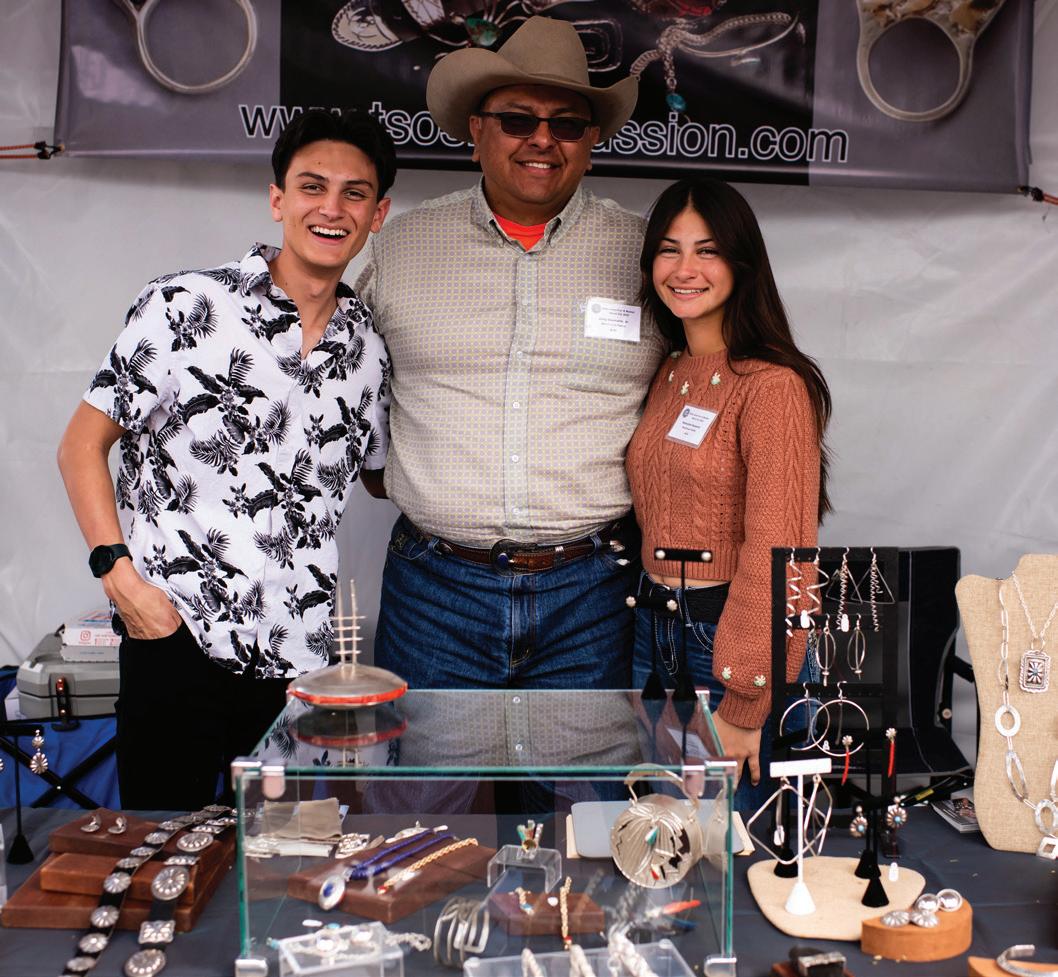
SATURDAY, MARCH 4, 9:30 A.M. TO 5 P.M.
(Early-bird admission for Museum members at 8:30 a.m. Saturday)
SUNDAY, MARCH 5, 9:30 A.M. TO 4 P.M.
Single-day Fair Admission

Adults: $25
Museum members: $20
Seniors (65+): $20
American Indians/Alaska Natives: $10 (with Tribal ID or CIB)
Students: $10
Children (6-17): $10
Children 5 and under: Free
All events held rain or shine at the Heard Museum. Tickets are required for all events. Purchase online at www.heard.org/fair, via telephone at (602) 252-8840, at the museum prior to the Fair, and at the Fair entrance gates. A Metro Light Rail stop (Encanto/Heard Museum) is in front of the museum on Central Avenue. Also look for signage indicating free parking in lots near the museum.
Elias Jade “EJ” Not Afraid (Apsaalooke, Crow) Photo: P.S. Studios, Heard Museum
Jerry Guosson, Jr. and family Photo: Haute Media
Randy Brokeshoulder (Hopi, Navajo, Shawnee)
Photo: Courtnay Hough, Heard Museum
Denise Wallace (Chugach Sugpiaq/Alutiiq)
35 SPRING 2023
Photo: Haute Media
INDIAN
FAIR & MARKET
2023 Heard Museum Guild Indian Fair & Market Best of Show Juried Competition Supporters
Each year, nearly 150 supporters underwrite special ribbons and other costs associated with the annual Heard Museum Guild Indian Fair & Market and its Best of Show and other named awards. This year, they have made it possible for us to award more than $100,000 directly to Indigenous artists for the first time. We are so grateful to our generous sponsors.
Best of Show
Howard R. and Joy M. Berlin
The Head Family
Sharron Lewis
Kristine and Leland W. Peterson
Conrad House Award
Samuel J. Parker
Indian Arts and Crafts Association
Commemorative Award
Indian Arts and Crafts Association
Idyllwild Arts Imagination Award
Idyllwild Arts Foundation – Native American Arts Program & Festival
Youth Artist Show and Sale Best of Show and Best of Division Awards
Betty Van Denburgh
Best of Classification
Jewelry and Lapidary: The Head Family
Pottery: John Ninomiya and Marjorie Walters
2-Dimensional Art: Deirdre and Jim Mercurio
Pueblo Carvings: Craig and Barbara Barrett Foundation
Sculpture: Jane Barlow and Associates, LLC
Weavings & Textiles: The Head Family
Diverse Art Forms + Beadwork and Quillwork: Frances Burruel
Baskets: Sue Snyder
Open Standards: Lynda Helmstadter Barber
Innovation
Jewelry & Lapidary: Frank Vickory and Newton Linebaugh
Pottery: Carol McElroy
2-Dimensional Art: Michele Cloonan and Sidney Berger
Pueblo Carvings: Dr. Neil S. Berman, PhD
Sculpture: Adrian and Carla Cohen
Weavings & Textiles: Frank Vickory and Newton Linebaugh
Diverse Art Forms + Beadwork and Quillwork:
Valerie and Paul Piazza
Baskets: Frank Vickory and Newton Linebaugh
1st Place
JEWELRY & LAPIDARY
Shari and Bob Levitan
Merle and Steve Rosskam
Audrey Rada
Barbara Poole
In Honor of Judith Miles
Deirdre and Jim Mercurio
In Honor of Dr. and Mrs. Brent Laughlin
Adrian and Carla Cohen
Dr. Casey and Mrs. Beth Huston
POTTERY
Cerelle Bolon
Carol Cohen
Janis Lyon
Esther Sager
Kathleen and Sam Serrapede
Shari and Bob Levitan
Merle and Steve Rosskam
In Honor of John Lewis Furth
Audrey Rada
2-DIMENSIONAL ART
Merle and Steve Rosskam
Christy Vezolles
In Honor of Joe H. Herrera (See-Ru) and Tonita Peña (Quah Ah)
Shari and Bob Levitan
PUEBLO CARVINGS
W. David Connell and Becky Sawyer
Catherine Meschter
SCULPTURE¬¬
Dee Dowers
Barbara Poole
Don and Dorothea Smith
36 EARTHSONG
WEAVINGS & TEXTILES
Thomas B. Stevenson and Nadia Hlibka
Carol Ann Mackay
Jane Przeslica
Georgia Heller and Denis Duran
DIVERSE ART FORMS
Susan Esco Chandler and Alfred
D. Chandler (3)
Deirdre and Jim Mercurio
Claire and Myron Warshaw
In Memory of Alan Scott
BASKETS
Ann Ormiston
John Ward
John and Christine Augustine
OPEN STANDARDS
Ellen and Bill Taubman
2nd Place
JEWELRY & LAPIDARY
Mr. and Mrs. Clay Crossland
Pat and Kim Messier
Don and Anna Lea Seago
Arlene and Giora Ben-Horin
Elisabeth A. Dutton, DVM and David A. Bush
Patricia and William Hagenah
Coralee and Andrew Brewer (2)
Spencer and Michael Gregg
POTTERY
Jane and Steve Marmon
Dr. Neil S. Berman, PhD
Ronald and Suzanne Niven
Dorothy Hockenberg
J. Michael and Linda R. Powers
Jim and Joyce Smith
Carol McElroy
Ken and Mary Jean Swanson
Jan and Mike McAdams
2-DIMENSIONAL ART
Carol and Ken Seidberg
Jim and Joyce Smith
Dennis and Patt O’Connell
John & Colleen Lomax
Shari and Bob Levitan
PUEBLO CARVINGS
Ty and Stefanie Muscat
In Honor of Jackie Kemmer
SCULPTURE
Helmut and Hilde Horchler
Gustavo Tabares
Dr. and Mrs. Thomas Hudak
Mark and Deb Huber
Bill and Carol Smallwood
WEAVINGS & TEXTILES
Dr. Sona Kalousdian and Dr. Ira Lawrence
Frank Vickory and Newton Linebaugh
Carol McElroy
R.W. Mainger and G.W. Rosier
DIVERSE ART FORMS
Patricia L. Mullins
Susan Esco Chandler and Alfred D. Chandler (2)
Karen and Donald Abraham
Anonymous
Polly Mills Whitehorn
BASKETS
Marilyn and Paul Harter
Karen and Donald Abraham
Daniel and Donna Winarski
OPEN STANDARDS
Ellen and Bill Taubman
Judge’s Choice
Anonymous
Kay and Lou Benedict
Katie and Ben Blackstock
Landon and Dorcas Browning
Roberta Buchanan (2)
Diane Carmichael
Rebecca Comstock
Norma Jean Coulter
Christine Ann Crawford and Roberto N. Spinelli
Terry and Debbie Damron
Lura and Anthony Dymond
Glen Goodman
Mary A. Hagerty
Linda Herold
John C. Hill and Linda B.
Sheppard
Phyllis Manning
Mike Miller
Jackie Stubbs
David and Georgina Takemoto
Steve Williams and Jane Rosenthal
Friends of the Fair
Karen Adams
Anonymous (3)
Eleanore Beals
Fred Bibeau
The Briggs Family
The Carters
Steve Chroniak
Gina DeGraw
Dee Dowers
Patricia Ehret
Barbara Filosi and Jan Ringgenberg
Kathy Haake
Rowland Hill
Karen C. Hodges
Ann Kaplan and Robert Fippinger
Tom and Jan Lathrop
Mr. and Mrs. Daniel A. Lippman
Cozette and Bill Matthews
Douglas McIntyre
Mary Ellen McKee
Sheila and John Mehlem
Deirdre and Jim Mercurio
Sharon and Norris Mills
Rex and Ellen Nelsen
In Memory of Phyllis AaronNoone
Margaret Osterhus
Deborah and John Reich
Rudy and Maureen Rojas
Merle and Steve Rosskam
Bob Sanderson
Constance P. Seldin
Susan Sigl
Barbara I. Sparman
Lehn & Mary Straub
Lillian Vancel
Frank Vickory and Newton Linebaugh
Ronnie Ann Wainwright
Gerald Weiner
37 SPRING 2023
Listing current as of Feb. 21, 2023. INDIAN
FAIR & MARKET
Bringing Campus to Life with Public Programs
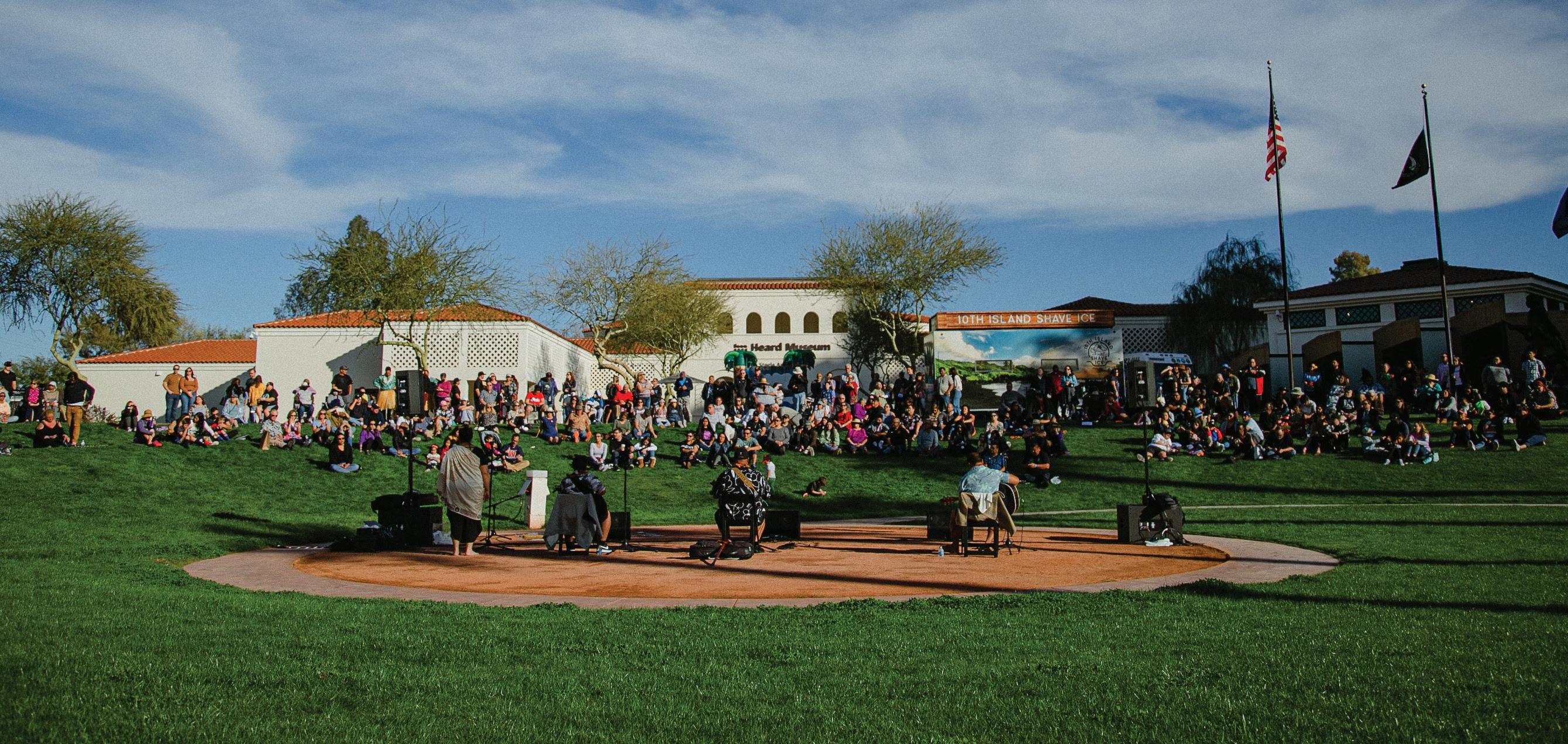 JEFF GOODMAN | DIRECTOR OF LEARNING AND PUBLIC ENGAGEMENT
JEFF GOODMAN | DIRECTOR OF LEARNING AND PUBLIC ENGAGEMENT
In the past year, the Heard Museum has resumed and reinvigorated its public programming, finding new and exciting ways to engage existing audiences and invite new people to experience what’s happening at the Heard. The year 2022 saw a return of the World Championship Hoop Dance Contest as an in-person event, along with other audience favorites like First Fridays, Indigenous Peoples’ Day and Holidays at the Heard.
The recent opening of He'e Nalu: The Art and Legacy of Hawaiian Surfing on Jan. 6 kicked off a yearlong celebration of Native Hawaiian arts and culture, starting with the first-ever Ho'olaule'a at the Heard. Artists came to the desert direct from Hawai’i, including the acclaimed John Rivera Collective and Halau Ka Lei Mokihana o Leina'ala, the reigning champions of the world’s premier hula competition, the Merrie Monarch Festival. This was followed by a concert on Feb. 8 by
three-time Grammy Award–winning singer/ songwriter Kalani Pe'a in the Heard’s Libby Amphitheatre.
Back to 2022, our Youth & Family programs brought thousands of families to the Heard last year with our Free Summer Saturdays. In June, we featured “Hopi R2,” a reimagined “Star Wars” R2D2 droid with Hopi symbols, designed by Hopi artist Duane Koyawena and engineer Joe Mastroianni. That was followed by a screening of Finding Nemo (dubbed in the Navajo language) in July and a special visit from PBS Kids sensation Molly of Denali in August.
Those were just some of the fun and exciting programs at the museum in the past year, and we’re very excited to build on that success with even more ways to experience the Heard Museum. Here are just a few of the programs not to be missed in the coming months.
John Rivera Collective performing at the Ho'oluale'a on January 7, 2023.
38 EARTHSONG
Photo: Ha'a Keaulana, Heard Museum.
PROGRAMS
Outdoor Movie Night: Moana (dubbed in Native Hawaiian)
THURSDAY, MARCH 23, 6 P.M.
You’ve seen Moana, but you’ve never seen it like this! Preserving the Hawaiian language plays an integral role in supporting the culture. This version of Moana is the first time a Disney film has been dubbed in Hawaiian. Arrive starting at 5:30 p.m. to set up your viewing space in our Libby Amphitheatre so you won’t miss a special Spirit Rangers episode screening at 5:45 p.m.
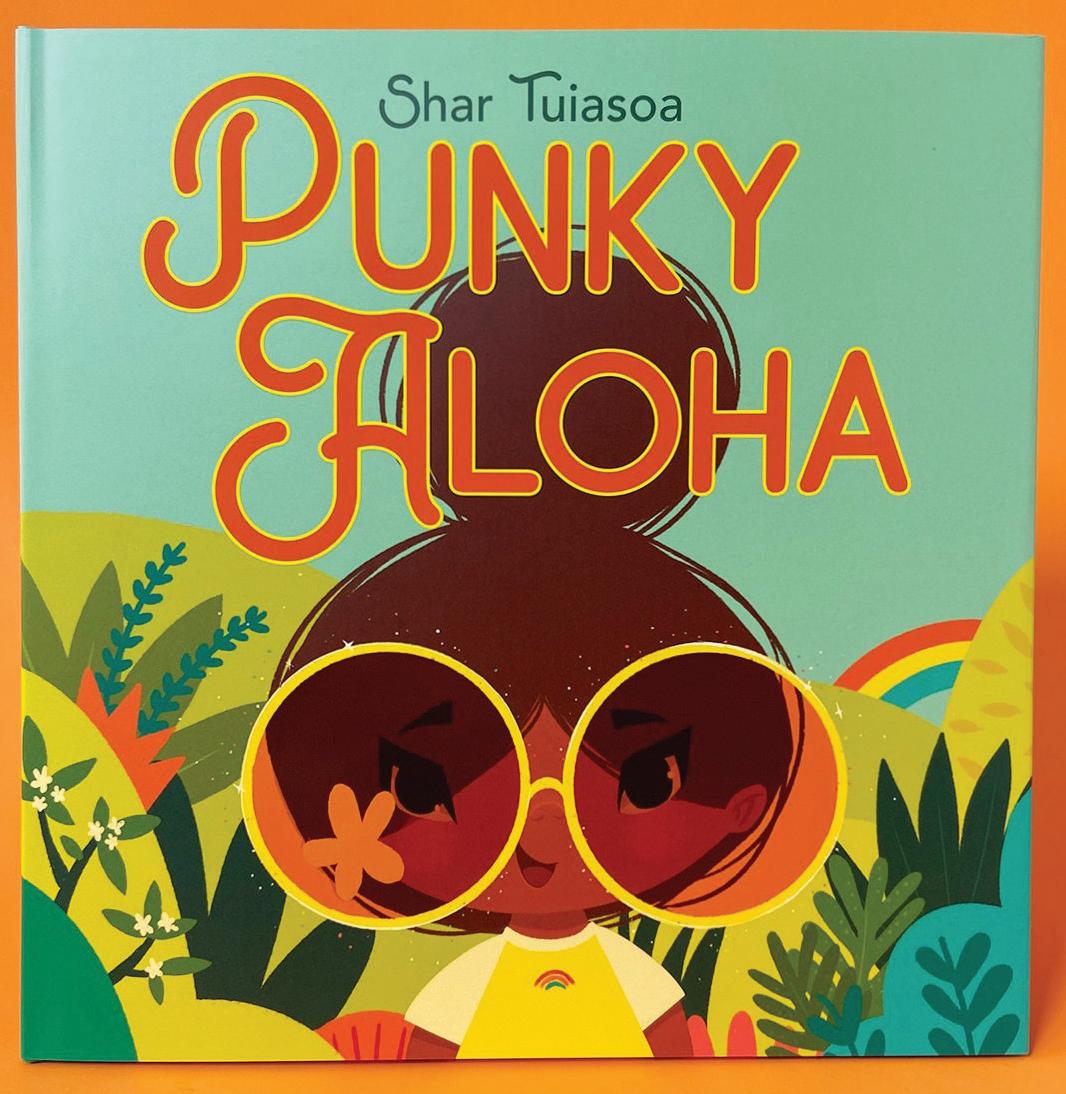
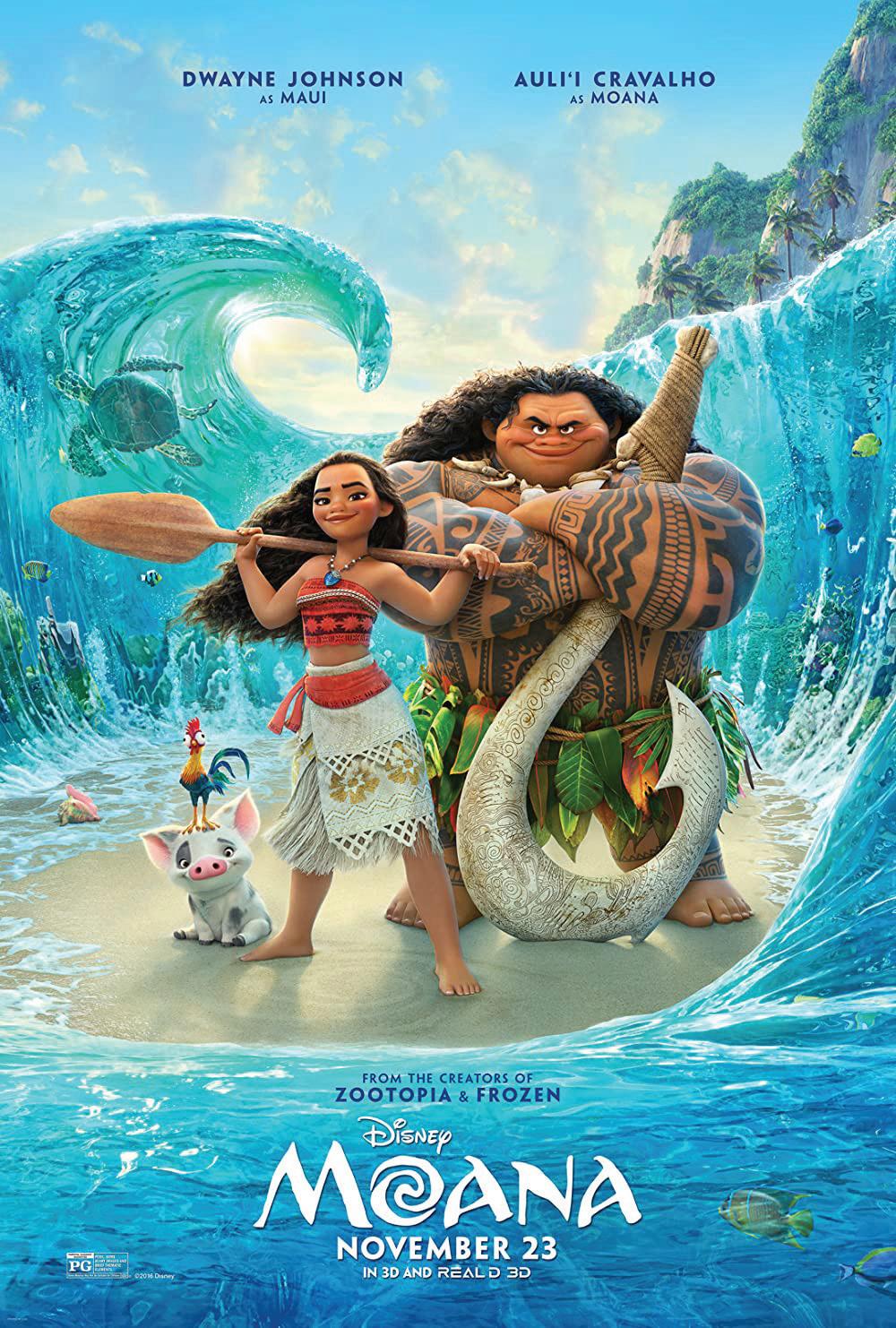
First Friday: The North Star Changes Exhibition Opening
FRIDAY, APRIL 7, 5-9 P.M.
The exhibition The North Star Changes: Works by Brenda Mallory is the focus of our April First Friday. Every First Friday of the month, the museum is free to all visitors from 5 to 9 p.m. Come meet the artist and be the first to experience this exciting new exhibition!
Lei Day
SUNDAY, APRIL 30, 10 A.M.-4 P.M.
In honor of the He'e Nalu exhibition and our celebration of Hawaiian arts and culture, we’re presenting Lei Day at the Heard. Museum admission will be free for families as we bring the whole campus alive with Hawaiian music, dancing, food, art, games and lei-making activities for kids of all ages. Our special guest, artist Shar Tuiasoa, author of the new children’s book Punky Aloha, is flying in from the island of Oahu to be here for readings, book-signings and a giant “paint by numbers” activity. Lei Day will be fun for the whole family—don’t miss it!
Visit us at heard.org and follow us on social media to stay up to date on all of the programs and other exciting events happening at the Heard!
39 SPRING 2023
PROGRAMS
Dear Member,
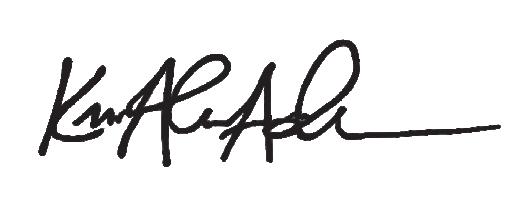
Thank you for your continuous support of the Heard Museum’s exhibitions and programming! Your dedication to supporting our mission inspires us to continue expanding our youth and family programming, opening extraordinary original exhibitions such as Substance of Stars and He'e Nalu: The Art and Legacy of Hawaiian Surfing, and creating exclusive opportunities for our Members to engage with all the Heard has to offer.
As a Member, you receive discounted tickets to the 65th Annual Heard Museum Guild Indian Fair & Market on the weekend of March 4 & 5, along with discounted tickets to the Best of Show Reception on Friday, March 3. We hope to see you bright and early on Saturday for another spectacular weekend of celebrating Indigenous artists and their work.

We encourage you to make the most of your membership and hope to see you for upcoming exhibition openings; on campus to enjoy your 10% discount in the Shop, Cantina and Café; and in the galleries using your free admission all year-round. There are many opportunities we don’t want you to miss! If you do not receive our monthly Member Newsletter, please email members@heard.org to be added to our list.
Your support continues to amaze us, and we are so grateful to have such a wonderful community of Members.
Please do not hesitate to contact our Members Line at 602.251.0261.
See you soon!
Kim Alexis Adversario | Membership & Circles Manager
Please join us for these upcoming Member events. Refer to your Member Newsletter for additional information.
Brenda Mallory: The North Star Changes
FRIDAY, APRIL 7 | MEMBERS OPENING LOUNGE
Lei Day Members Picnic
SUNDAY, APRIL 30
Arriving Forever Into the Present World
FRIDAY, MAY 17 | MEMBERS OPENING
40 EARTHSONG
MEMBERSHIP
Ways to Give
JACK SCHWIMMER | ASSISTANT DIRECTOR OF DEVELOPMENT
There are many ways to support the Heard Museum, from volunteering and becoming a member to making financial gifts that support a range of programs, exhibitions and other priorities. We wanted to highlight a couple of meaningful ways to support the Heard this spring.
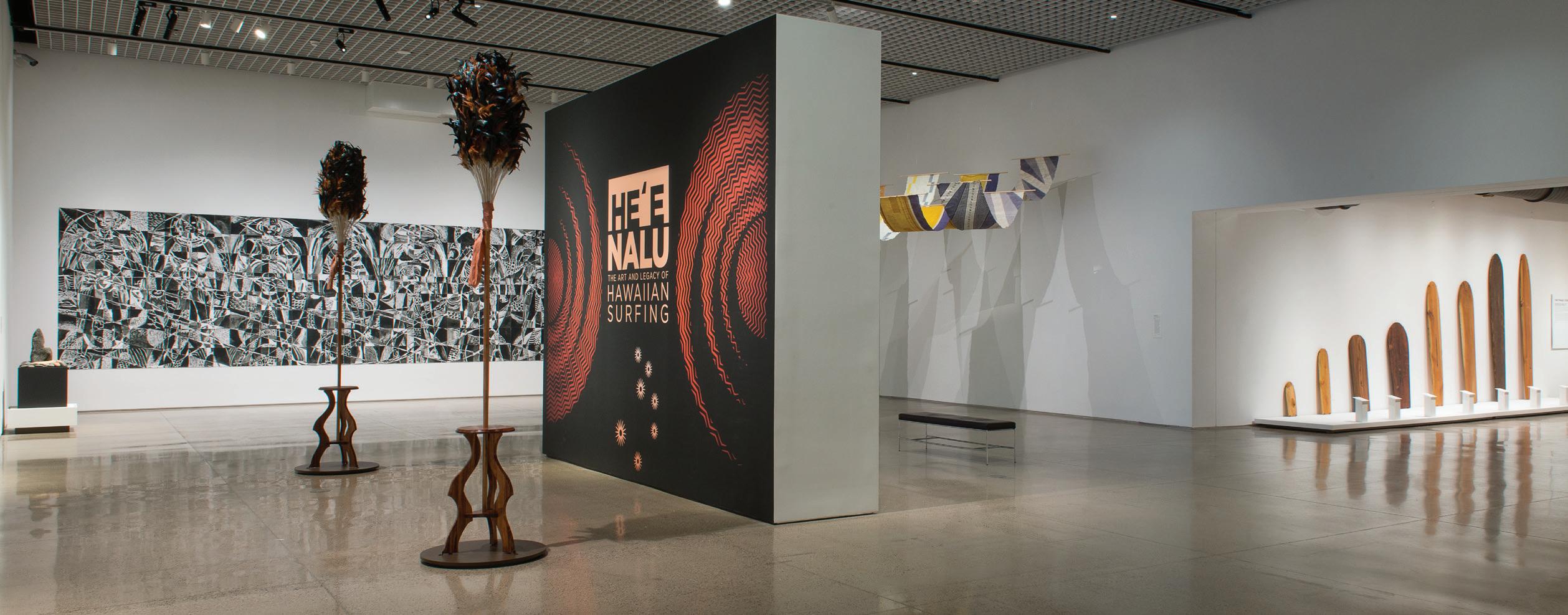
Grand Gallery Exhibition Fund
Since the opening of the Virginia G. Piper Charitable Trust Grand Gallery six years ago, the Heard has mounted 11 exhibitions in this remarkable space, with three more currently in development. Each exhibition requires an average of $550,000 for investment in staff, guest curators, artists and artwork, carpentry, shipping, design, paint, programming and promotion.
In 2022, more than 40 generous individuals and institutions who support the Grand Gallery Exhibition Fund collectively contributed nearly $200,000 toward these curatorial efforts. Supporters enjoy a range of benefits, such as gallery recognition and a recent post-concert reception with Kalani Pe'a, Grammy Award–winning singer and songwriter.
Planned Giving
Individuals who embody the generosity and vision of Maie Bartlett Heard by similarly establishing planned gifts are members of an esteemed group named for Mrs. Heard: the Maie Bartlett Heard Society. Some have included the Heard Museum in their estate plans (through financial gifts or gifts of art), while others have made lifetime gifts through tax-wise giving vehicles such as IRAs or stock gifts. All have found creative ways to support the Heard in which they, their loved ones and the Heard itself all benefit.
Whenever you might be interested in exploring such gifts, the Heard’s Development team is here to help! To learn how to build your own legacy at the Heard Museum—whether through the Grand Gallery Exhibition Fund, planned giving, the Maie Bartlett Heard Society or another opportunity—please visit heard.org/plannedgiving or contact Jack Schwimmer at JSchwimmer@heard.org or 602.251.0245
41 SPRING 2023
ABOVE: Installation view of He'e Nalu: The Art and Legacy of Hawaiian Surfing. Photo: Craig Smith, Heard Museum.
ARRIVING FOREVER INTO THE PRESENT WORLD
Arriving Forever into the Present World will feature works from the Heard’s permanent collection— including textiles, pottery, and basketry—representing living artistic traditions within Southwestern Indigenous cultures. Arriving Forever will frustrate prevailing conversations around what makes a work of art “contemporary.”

42 EARTHSONG
Detail of D. Y. Begay, Navajo, b. 1953, Palette of Cochineal, 2013, handspun churro wool, cochineal dye, synthetic dyes, 33 x 47 inches. Heard Museum Collection, Gift of the Heard Museum Council in honor of Werner Braum, the Max M and Carol W. Sandfield Philanthropic Fund of the Dallas Jewish Community Foundation as recommended by Norman Sandfield, and the Bruce T. Halle Family Foundation at the recommendation of Diane and Bruce Halle and in honor of Harvey and Carol Ann Mackay, 4732-1.
OPENS MAY 2023 COMING SOON


October 21, 2023
EARLY DAYS:
INDIGENOUS ART FROM THE MCMICHAEL

SAVE THE DATE
MOONDANCE CELEBRATING
44 EARTHSONG SAVE THE DATE
Nisga'a, Face Mask, 1850. Wood with paint and abalone inlay, 22.5 x 20.8 x 11.3 cm. Purchase 1979, 1979.5. Photo: Toni Hafkenscheid

Substance of Stars exhibition catalogue now available in the Heard Museum Shop, Books & More and heardmuseumshop.com 45 SPRING 2023 HOME
EXHIBITION
WITH YOU TAKE THE
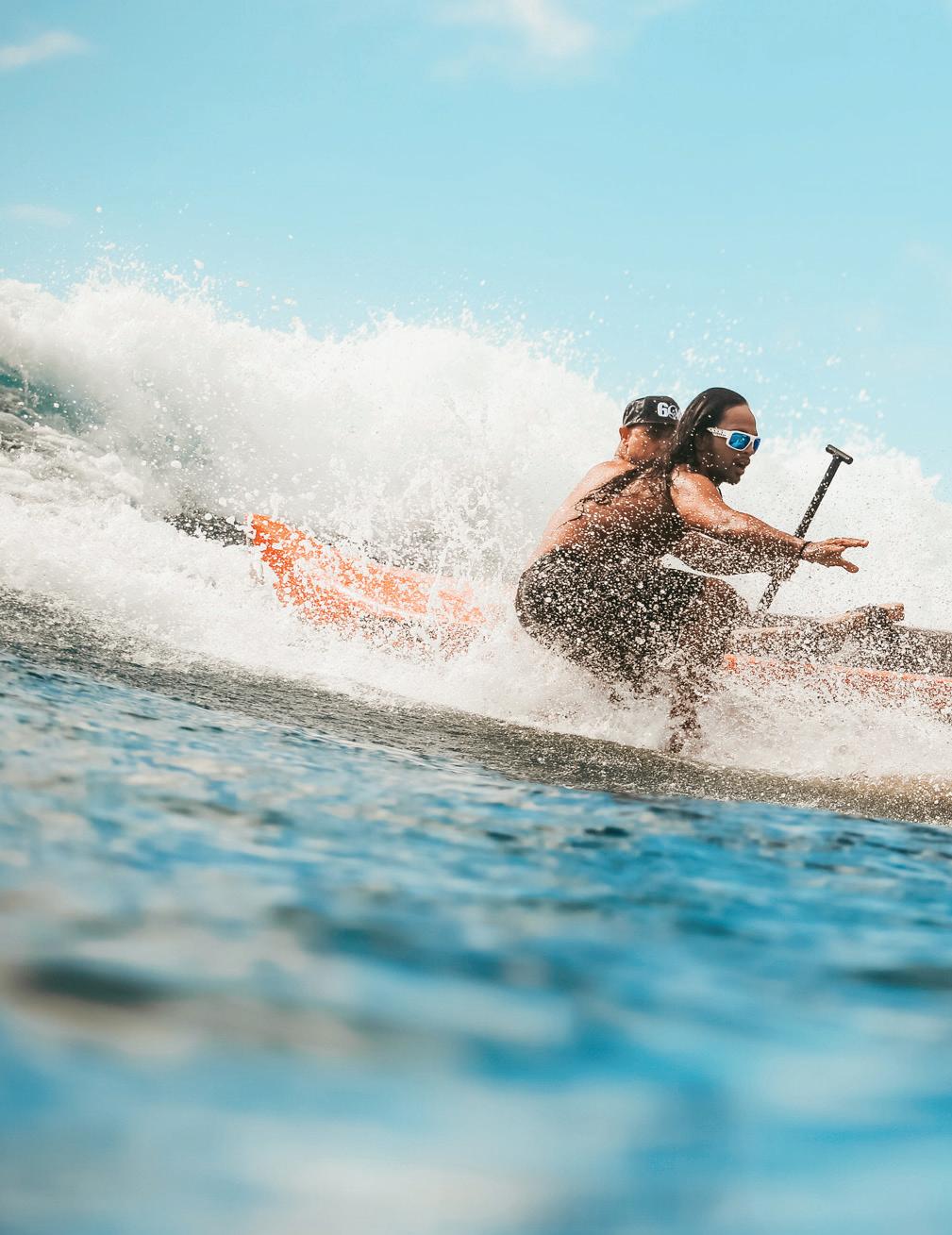
2301 N. Central Avenue Phoenix, AZ 85004 602.252.8840 | heard.org












































































































































































































 Heard Museum Members and Circles of Giving
Olivia Barney, Susan Esco Chandler, Lehuauakea
Rudy Dolfo, Na Leo Kupono Productions, LLC
Nicole Naone
Na Leo Kupono Productions, LLC
Heard Museum Members and Circles of Giving
Olivia Barney, Susan Esco Chandler, Lehuauakea
Rudy Dolfo, Na Leo Kupono Productions, LLC
Nicole Naone
Na Leo Kupono Productions, LLC


 Photos: Halau Ka Lei Mokihana O Leina'a performing at the Ho'oluale'a on January 7, 2023. Photos: Ha'a Keaulana, Heard Museum.
Kumu Leina'ala Pavao-Jardin + Jayna Parongao
Photos: Halau Ka Lei Mokihana O Leina'a performing at the Ho'oluale'a on January 7, 2023. Photos: Ha'a Keaulana, Heard Museum.
Kumu Leina'ala Pavao-Jardin + Jayna Parongao




 Jayna Parongao
Chantel Rapozo + Jayna Parongao
Jayna Parongao
Breeze Pavao
Jayna Parongao
Chantel Rapozo + Jayna Parongao
Jayna Parongao
Breeze Pavao




 MARIO NICK KLIMIADES | LIBRARY AND ARCHIVES DIRECTOR
MARIO NICK KLIMIADES | LIBRARY AND ARCHIVES DIRECTOR
 LEFT: A Mayan priest-astronomer from the Codex Tro-Cortesianus (also known as the Madrid Codex or the Troano Codex) is looking at the sky and attempting to understand what he is seeing, employing his intellect and cognitive processes. Códice Troano. Panel 13. Madrid, Spain: Matev Artes e Industrias Gráficas, 1930. Call no.: RBK: F1219.56.C628C6 1930. Photo by Craig Smith, Heard Museum.
Aztec astronomer from the Codex Mendoza. In Nahua astronomy, eyeballs linked by a dotted line and pointing to the sky denote distant gazing. Frances F. Berdan and Patricia Rieff Anawalt, The Codex Mendoza. Vol. 3. Berkeley, Calif.: University of California Press, 1992: p. 133 (facsimile reproduction). Call no.: OVZ: F1219.56.M35C635 1992. Photo by Craig Smith, Heard Museum.
LEFT: A Mayan priest-astronomer from the Codex Tro-Cortesianus (also known as the Madrid Codex or the Troano Codex) is looking at the sky and attempting to understand what he is seeing, employing his intellect and cognitive processes. Códice Troano. Panel 13. Madrid, Spain: Matev Artes e Industrias Gráficas, 1930. Call no.: RBK: F1219.56.C628C6 1930. Photo by Craig Smith, Heard Museum.
Aztec astronomer from the Codex Mendoza. In Nahua astronomy, eyeballs linked by a dotted line and pointing to the sky denote distant gazing. Frances F. Berdan and Patricia Rieff Anawalt, The Codex Mendoza. Vol. 3. Berkeley, Calif.: University of California Press, 1992: p. 133 (facsimile reproduction). Call no.: OVZ: F1219.56.M35C635 1992. Photo by Craig Smith, Heard Museum.










 Walter Lamar, Cynthia Chavez Lamar (Director of the Smithsonian National Museum of the American Indian), Christy Vezolles (Trustee), Ginger Sykes Torres (Trustee), Javier Torres. Photo: P.S. Studios, Heard Museum
Photo: P.S. Studios, Heard Museum
Nanabah Aragon (Navajo)
Photo: P.S. Studios, Heard Museum
Arthur Holmes, Jr. (Hopi). Photo: P.S. Studios, Heard Museum
Shell Shorty Floyd, Penny Singer, Jo Povi Romero, Melissa Talachy, Carrie Loretto, Kathleen Wall
Photo: P.S. Studios, Heard Museum
Aydrian James Day (Anishinaabe/ HoChunk/Lakota), Age 12. Noojimo’ iwewin (Healing), 2022. Youth Art Show & Sale Best of Show Winner.
Walter Lamar, Cynthia Chavez Lamar (Director of the Smithsonian National Museum of the American Indian), Christy Vezolles (Trustee), Ginger Sykes Torres (Trustee), Javier Torres. Photo: P.S. Studios, Heard Museum
Photo: P.S. Studios, Heard Museum
Nanabah Aragon (Navajo)
Photo: P.S. Studios, Heard Museum
Arthur Holmes, Jr. (Hopi). Photo: P.S. Studios, Heard Museum
Shell Shorty Floyd, Penny Singer, Jo Povi Romero, Melissa Talachy, Carrie Loretto, Kathleen Wall
Photo: P.S. Studios, Heard Museum
Aydrian James Day (Anishinaabe/ HoChunk/Lakota), Age 12. Noojimo’ iwewin (Healing), 2022. Youth Art Show & Sale Best of Show Winner.






 JEFF GOODMAN | DIRECTOR OF LEARNING AND PUBLIC ENGAGEMENT
JEFF GOODMAN | DIRECTOR OF LEARNING AND PUBLIC ENGAGEMENT










